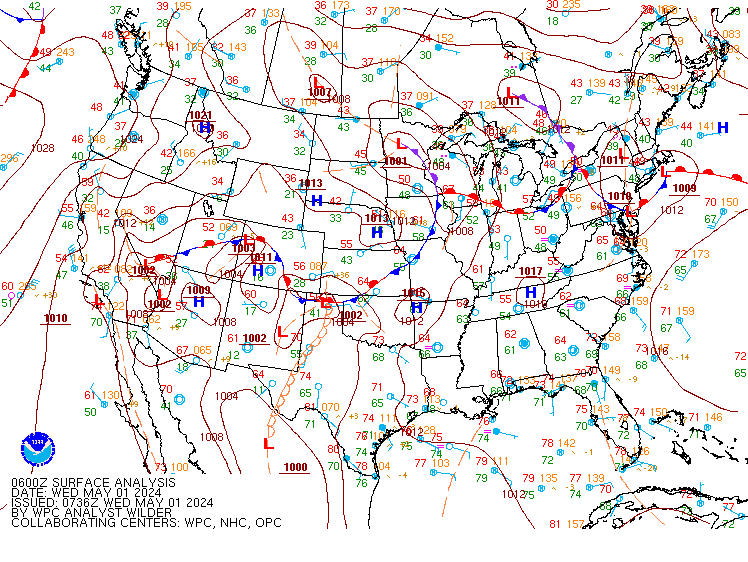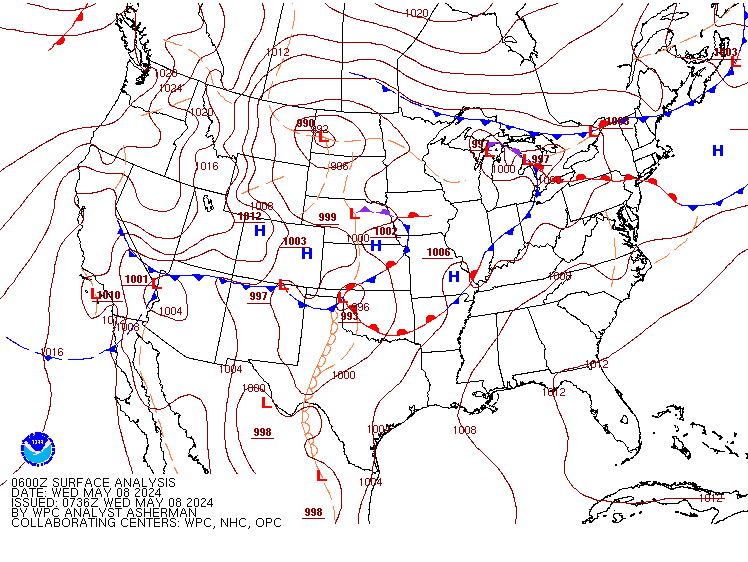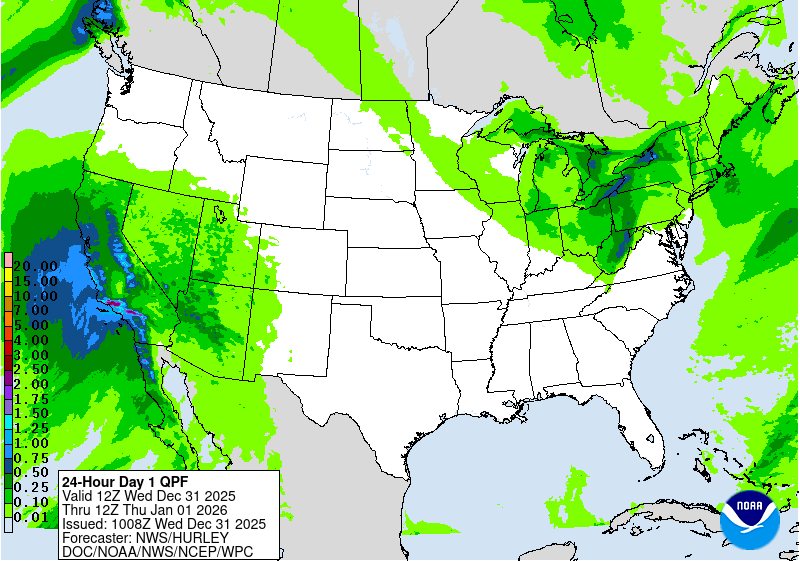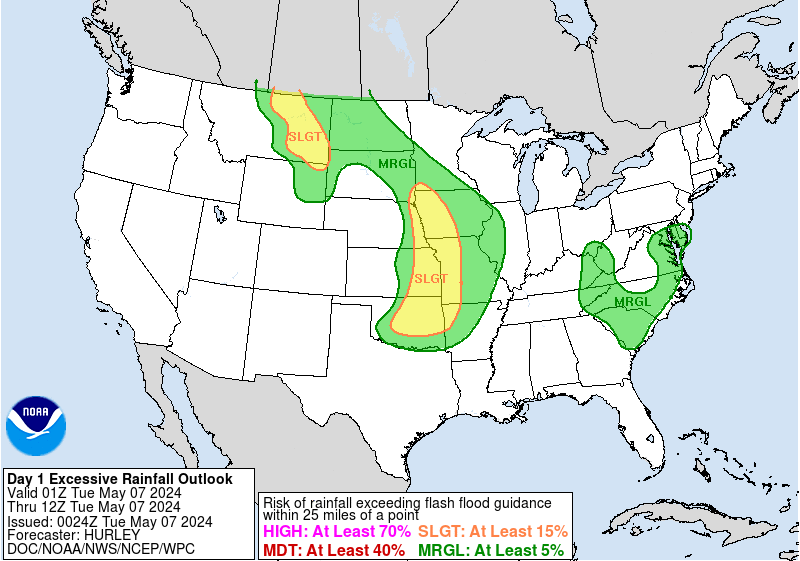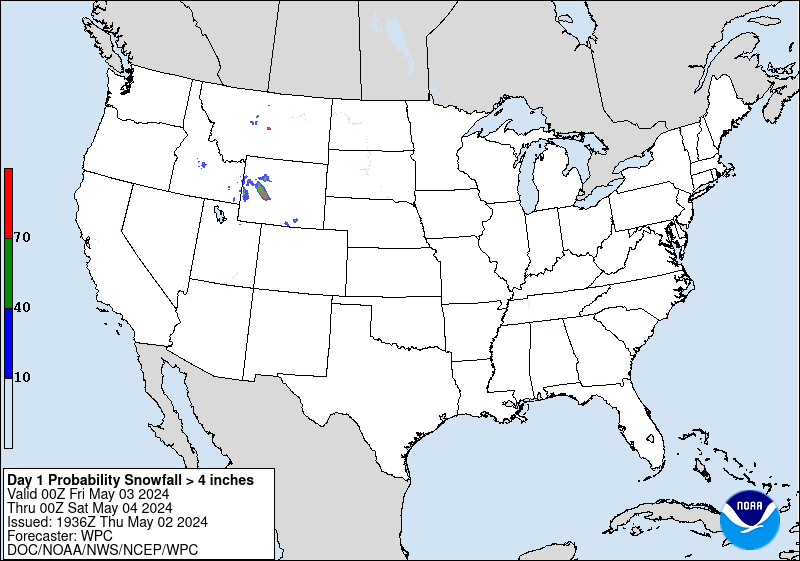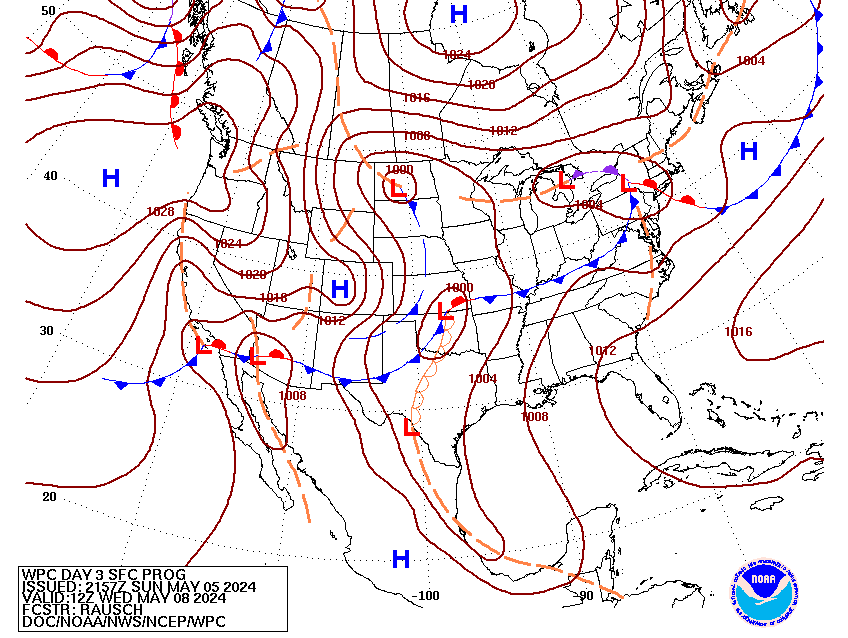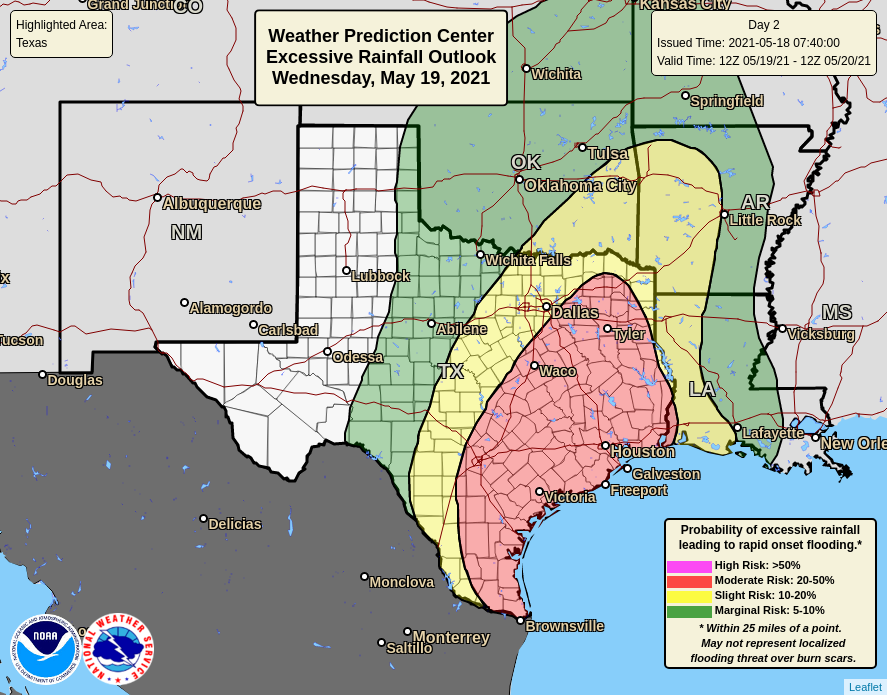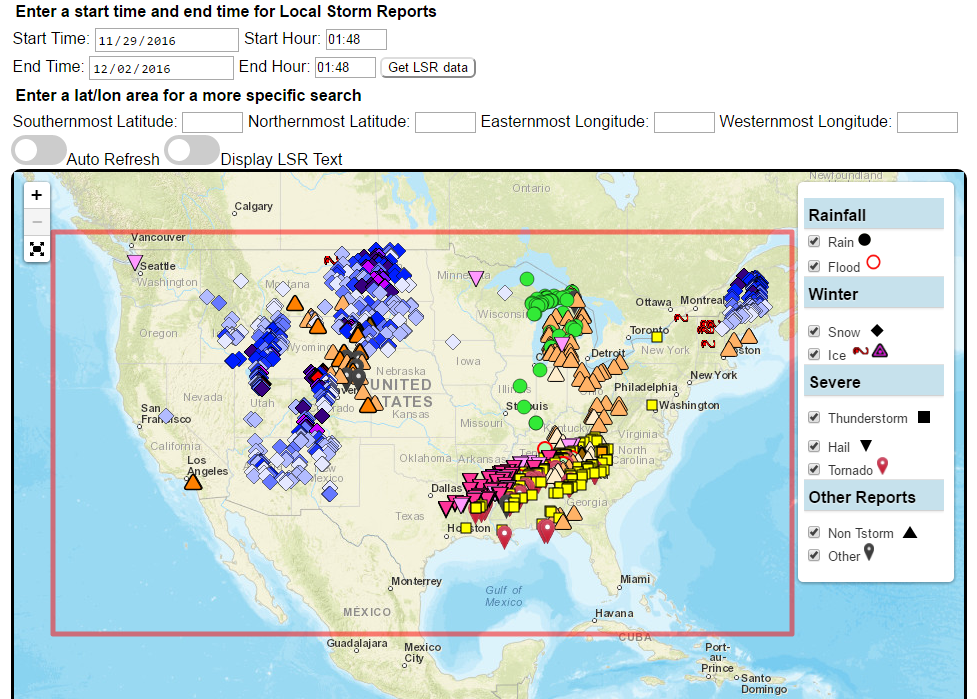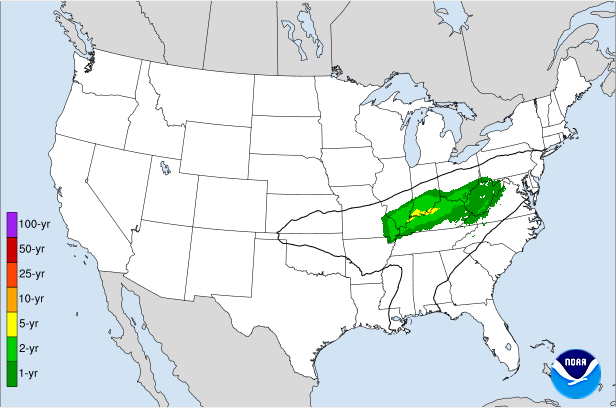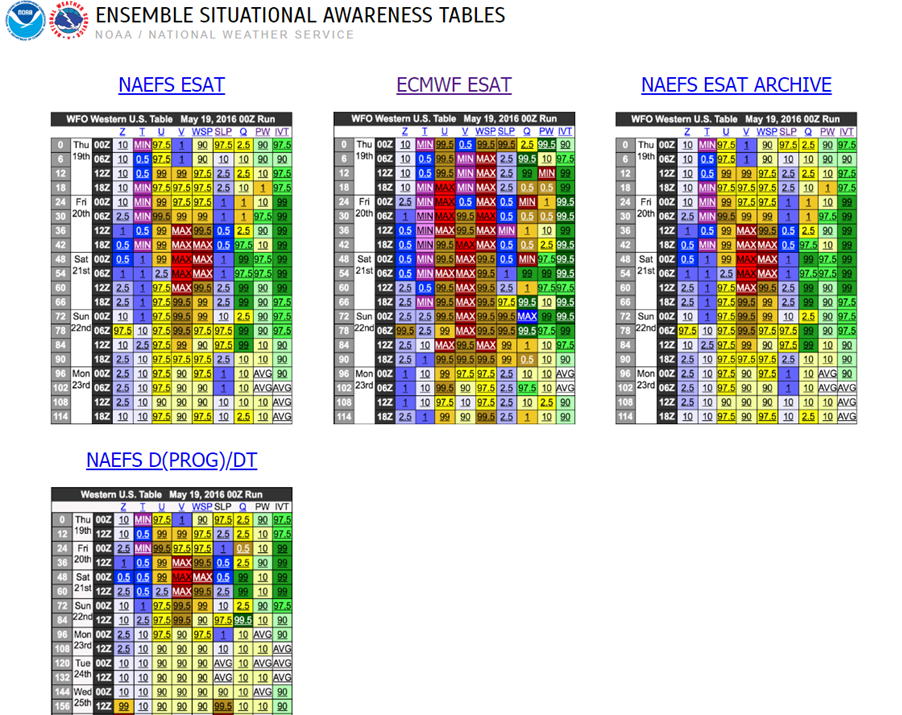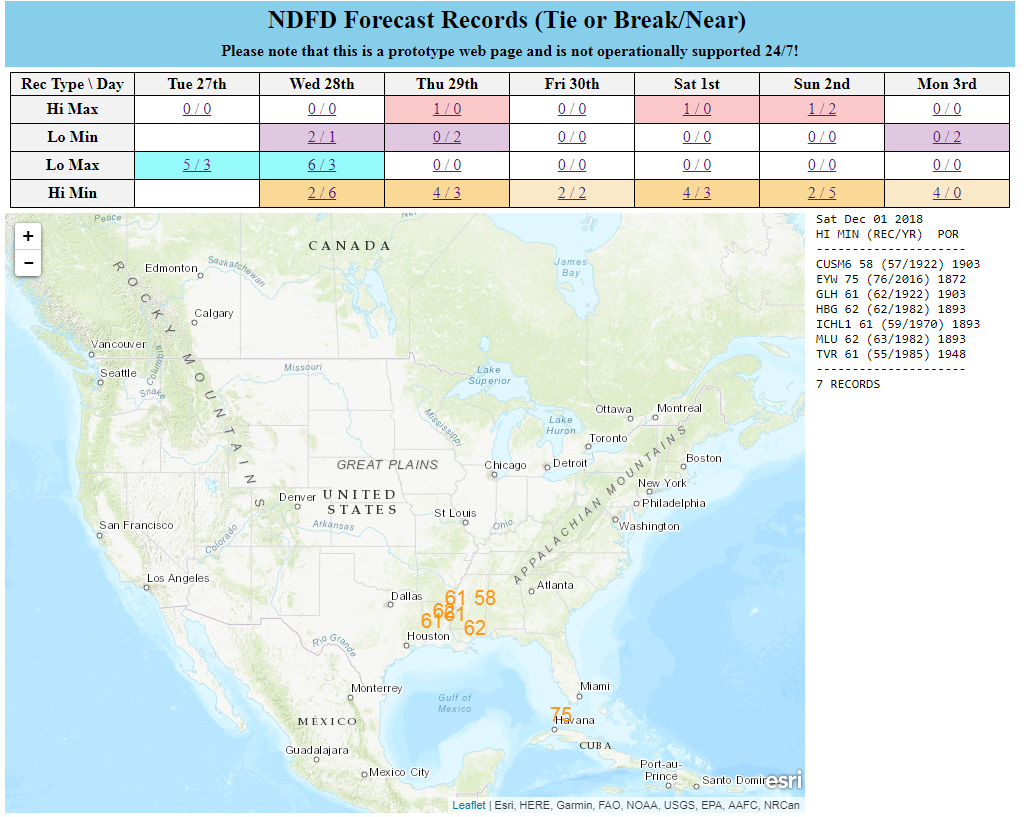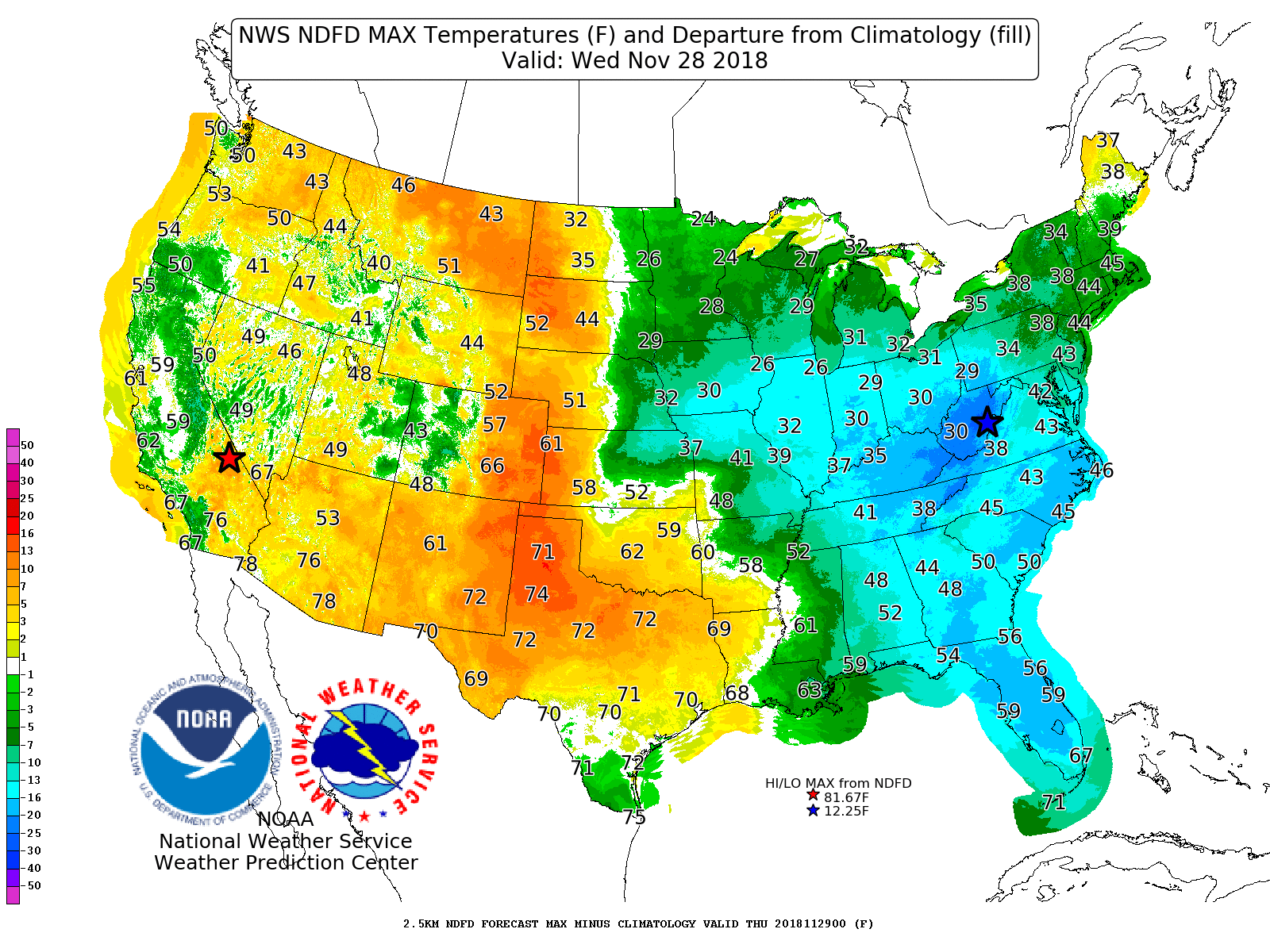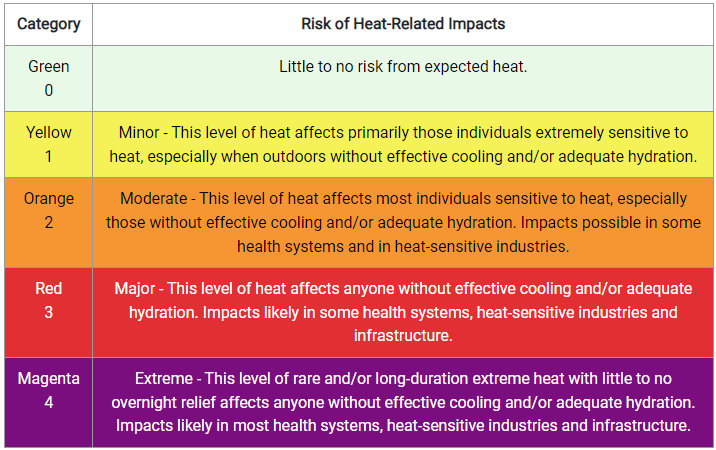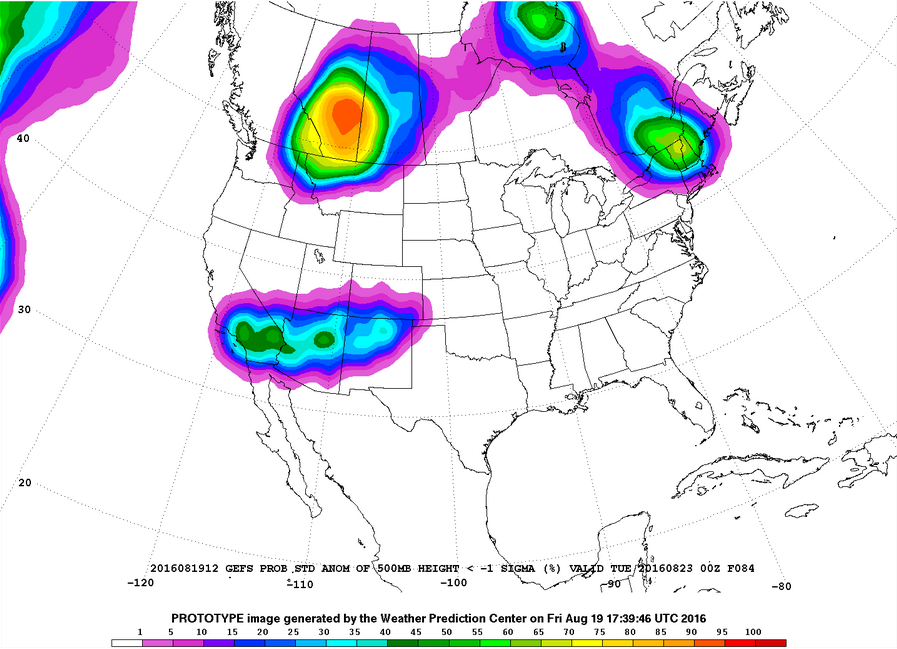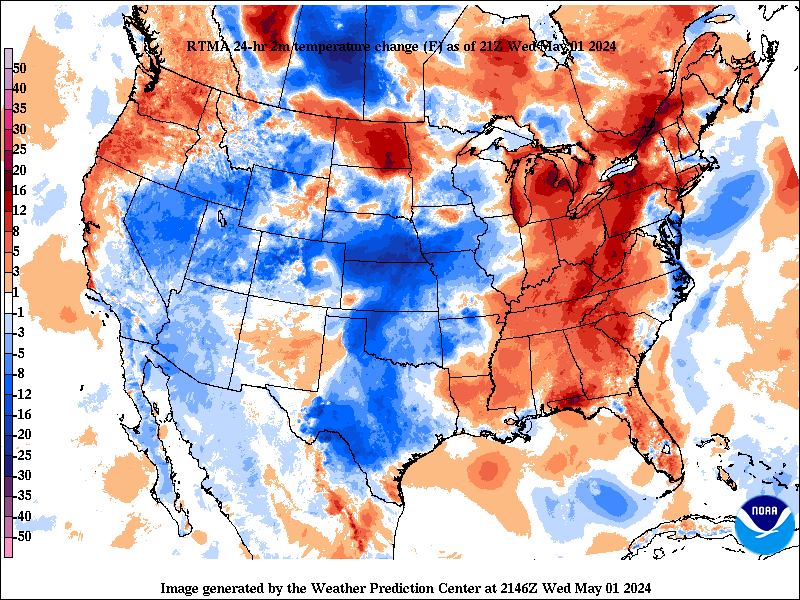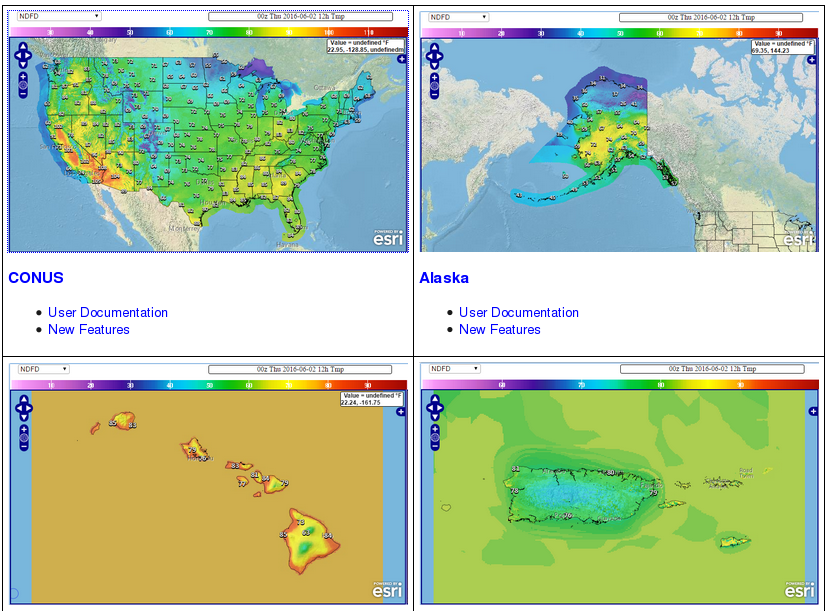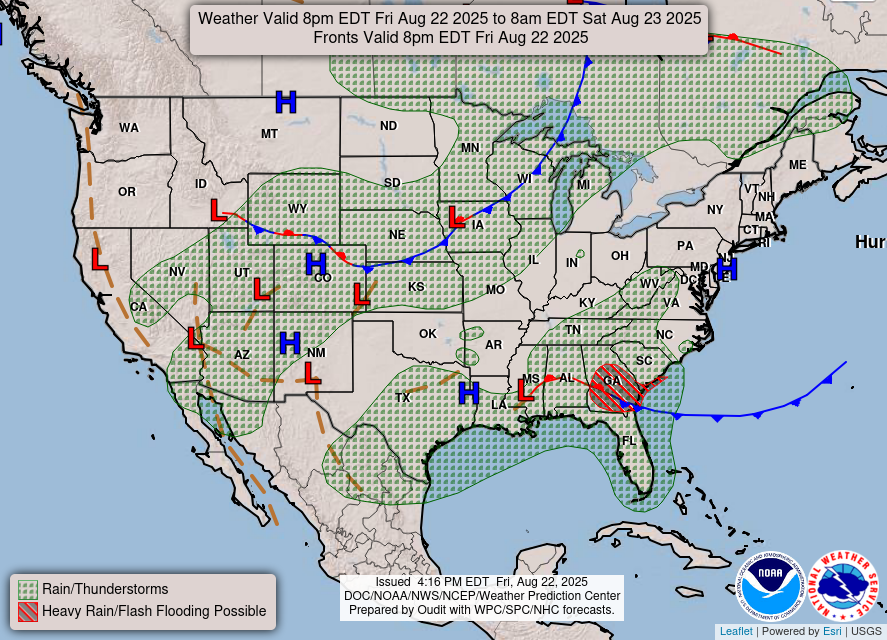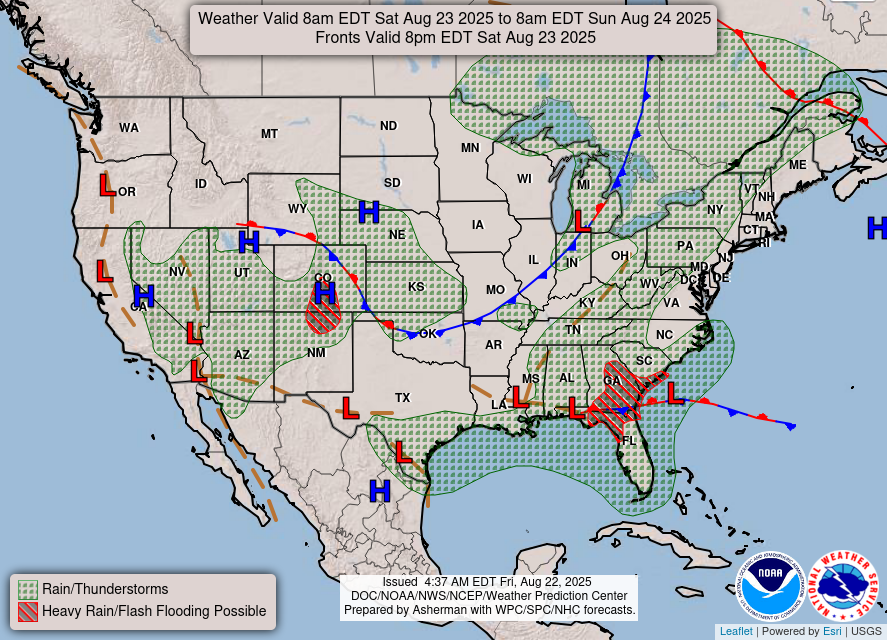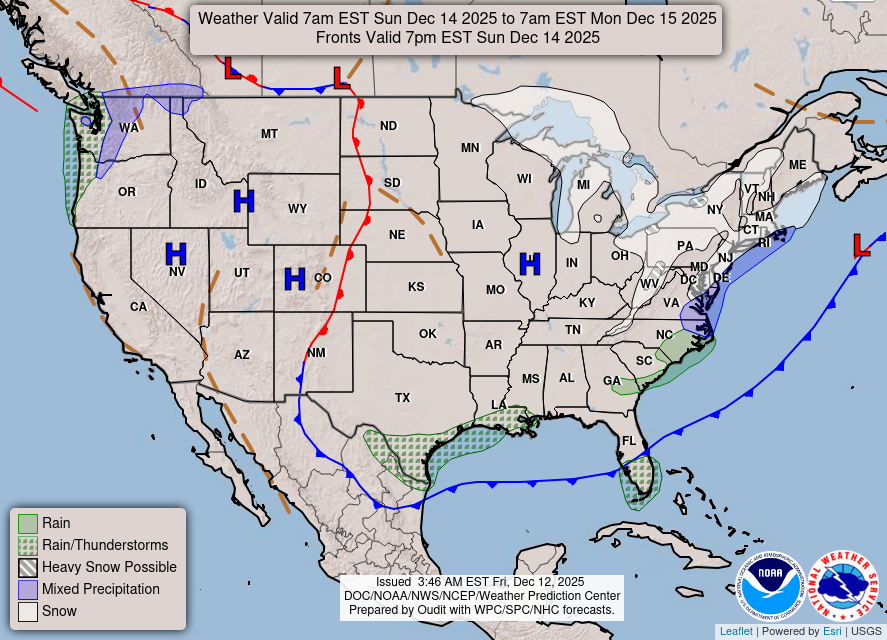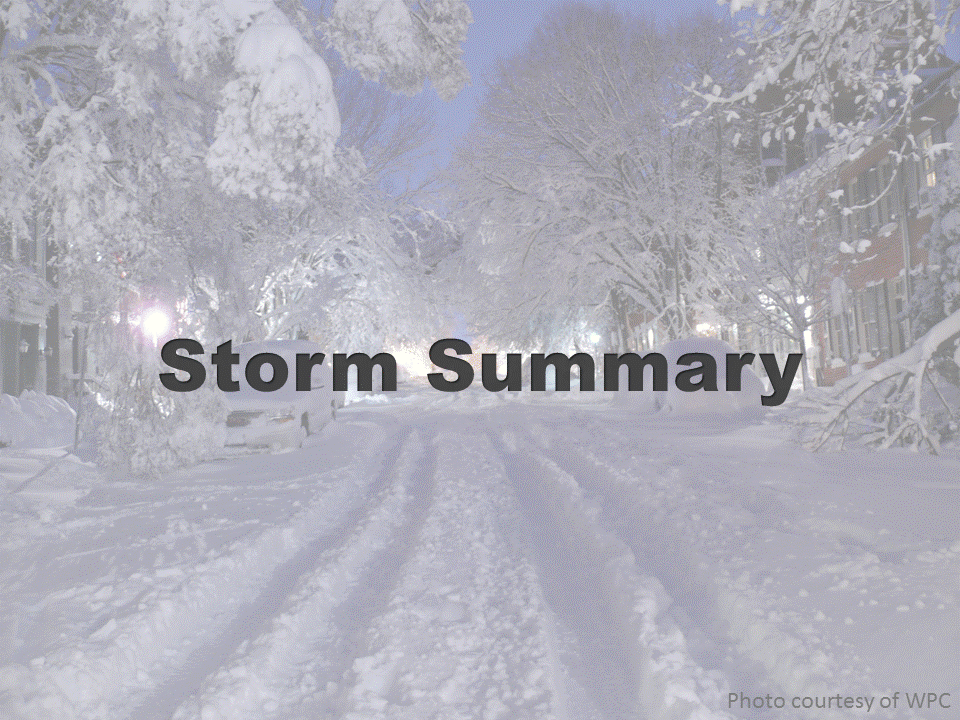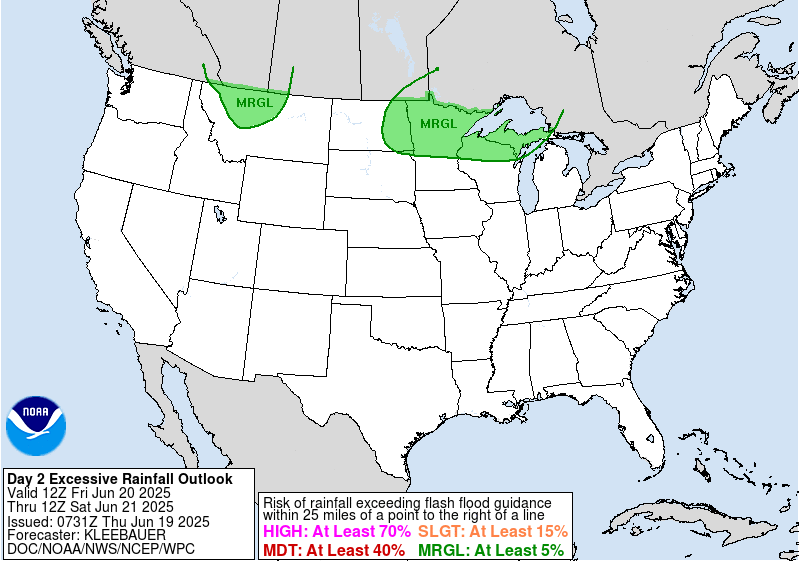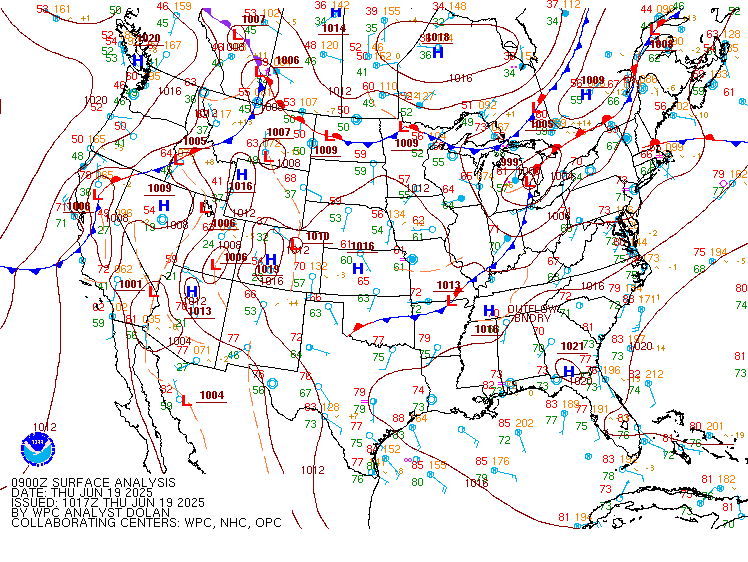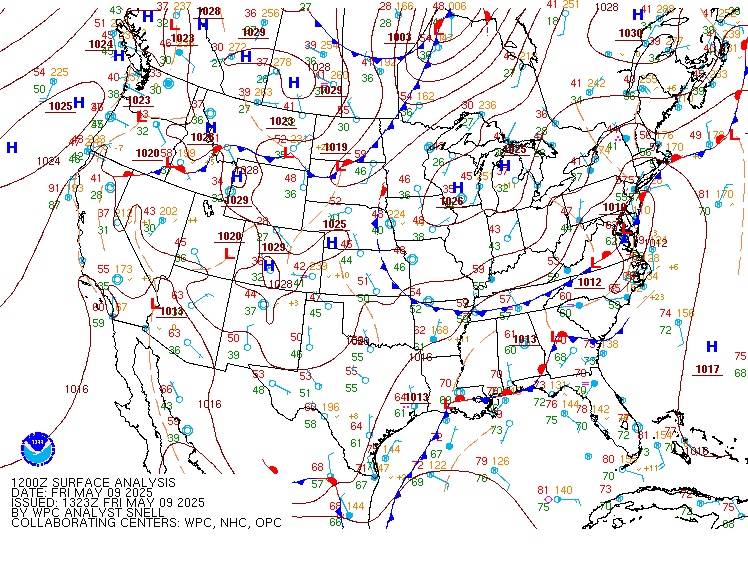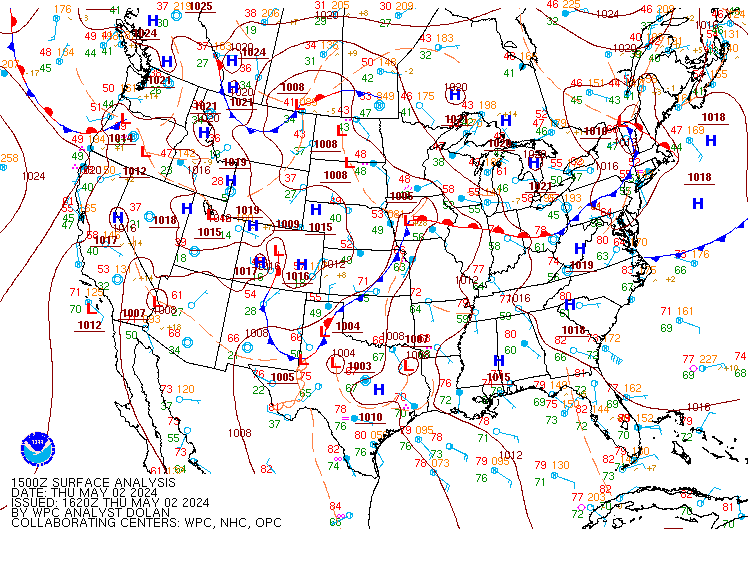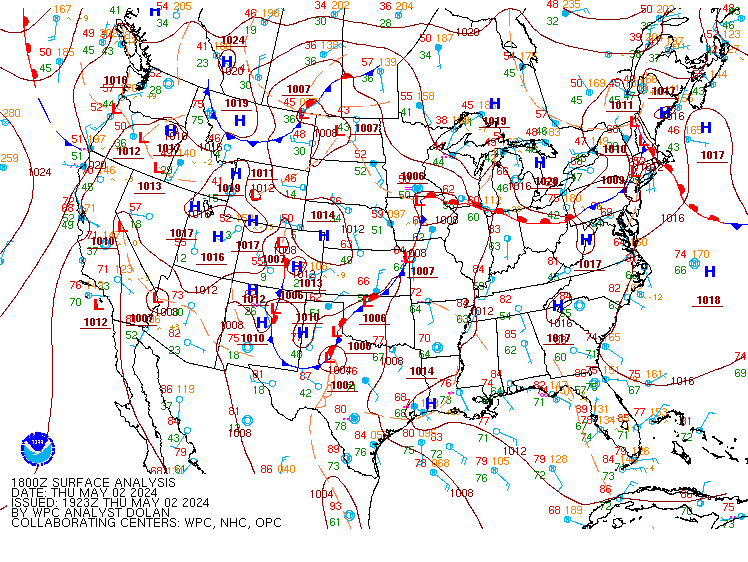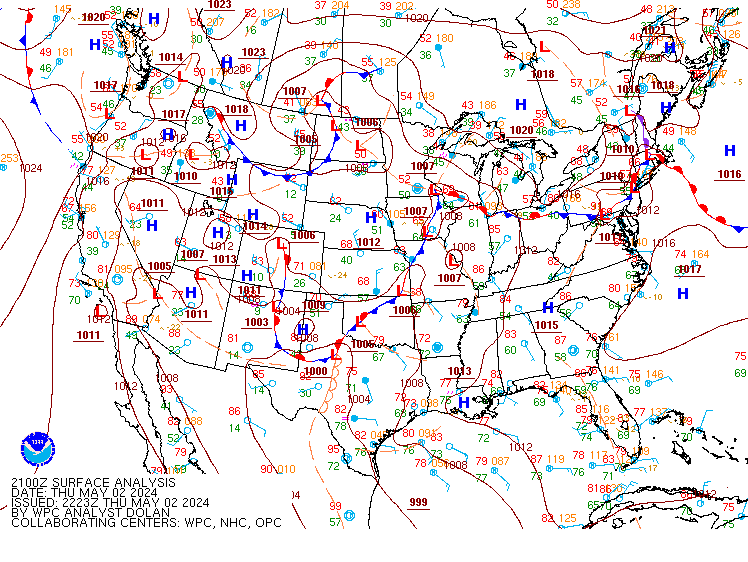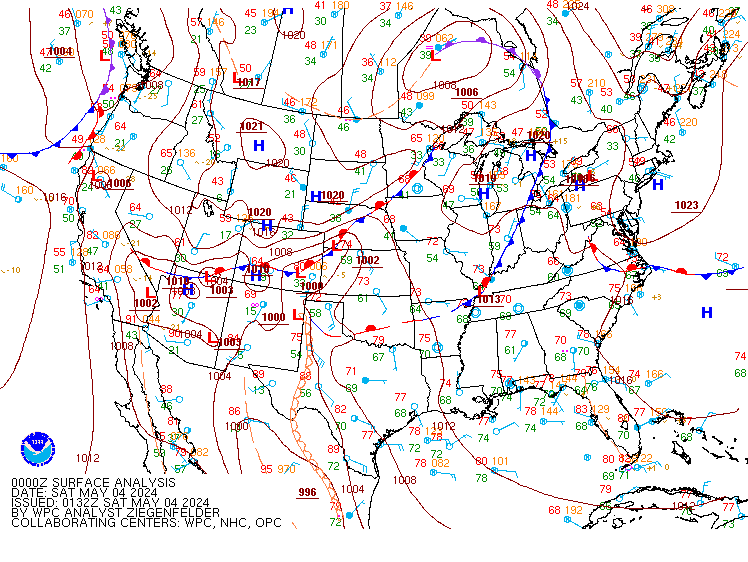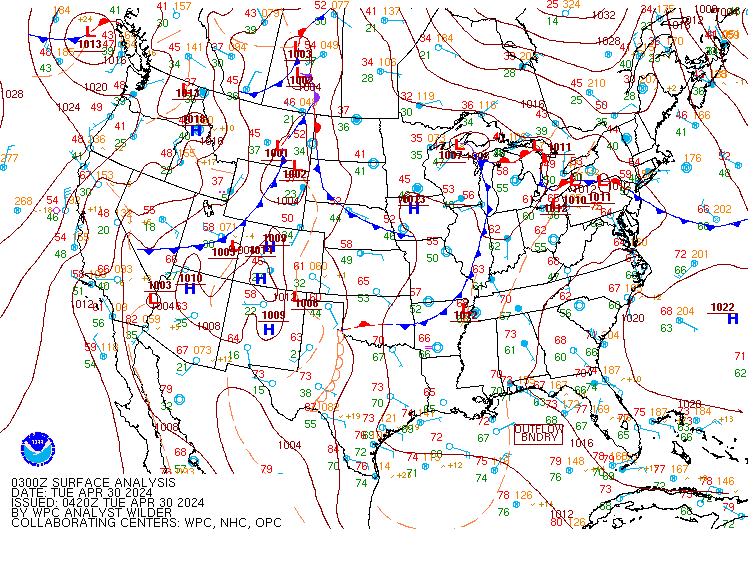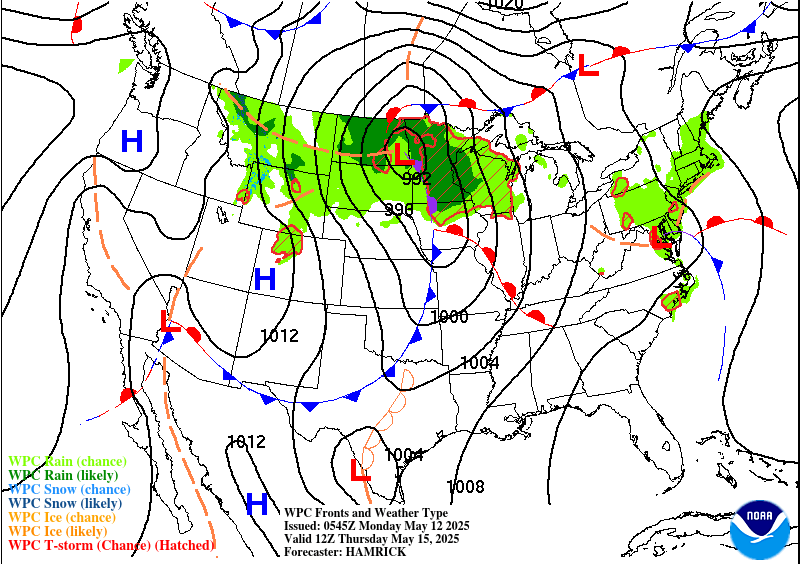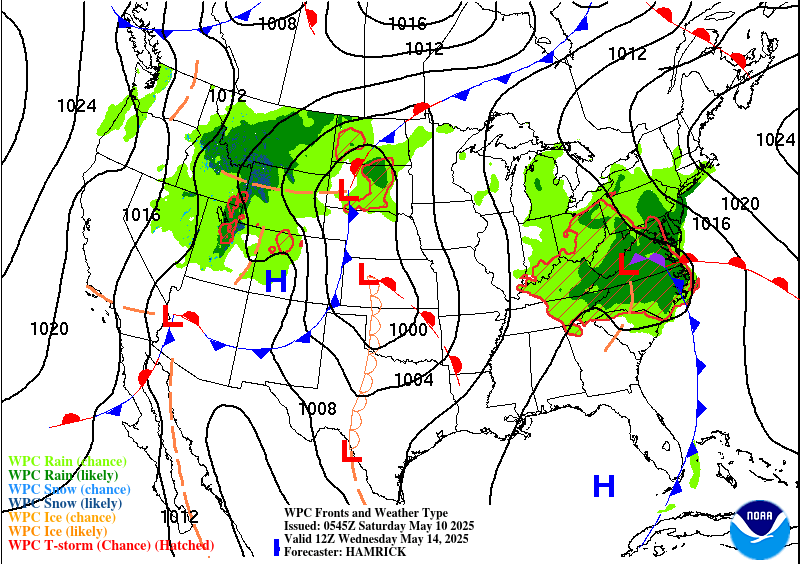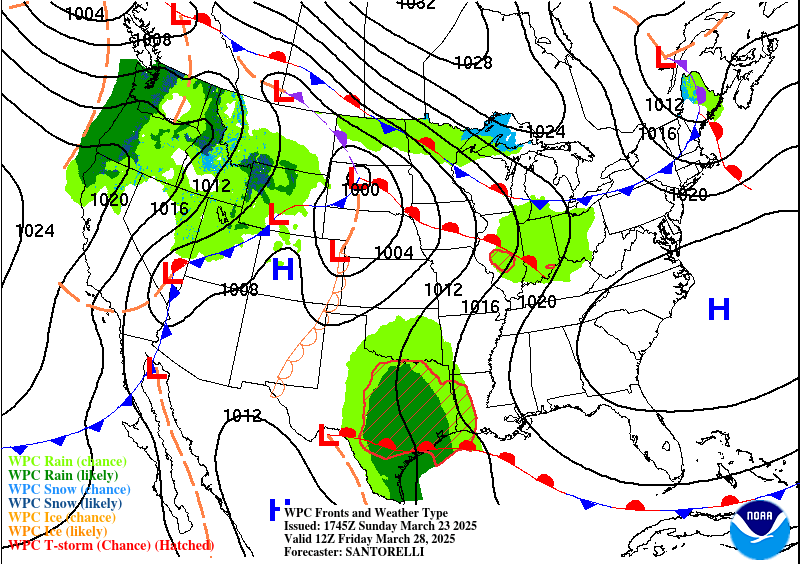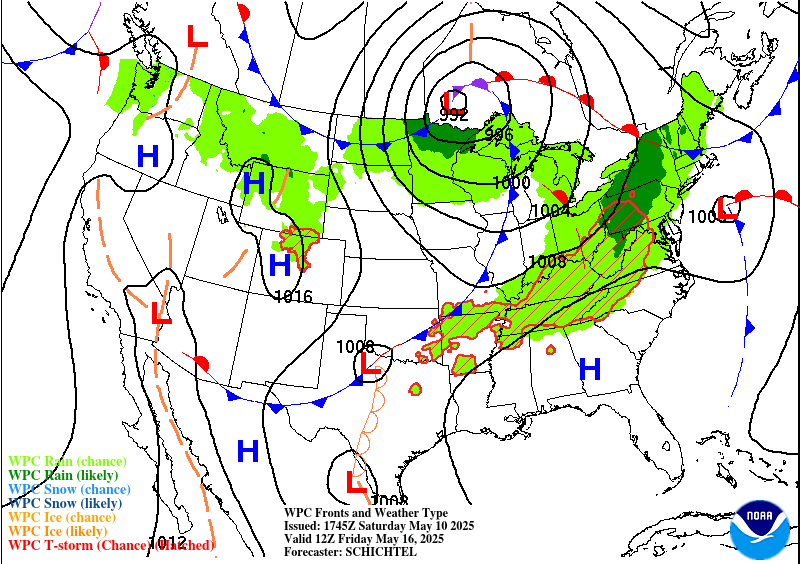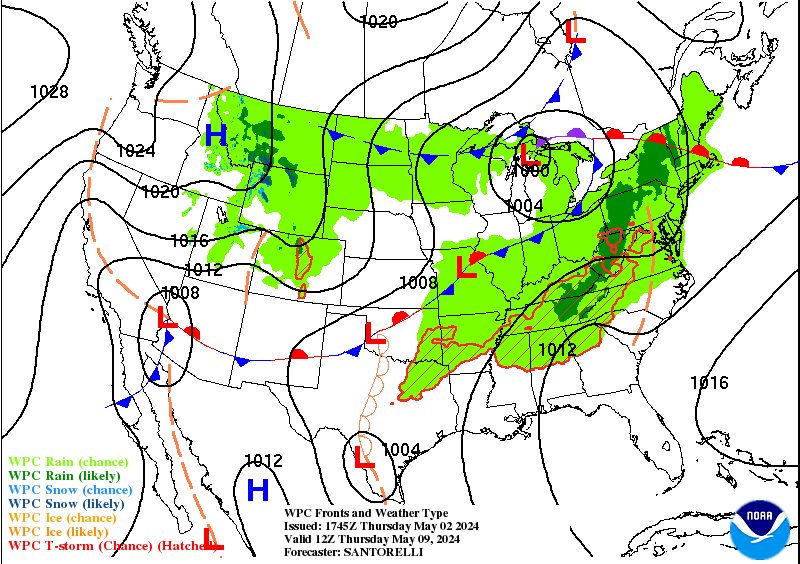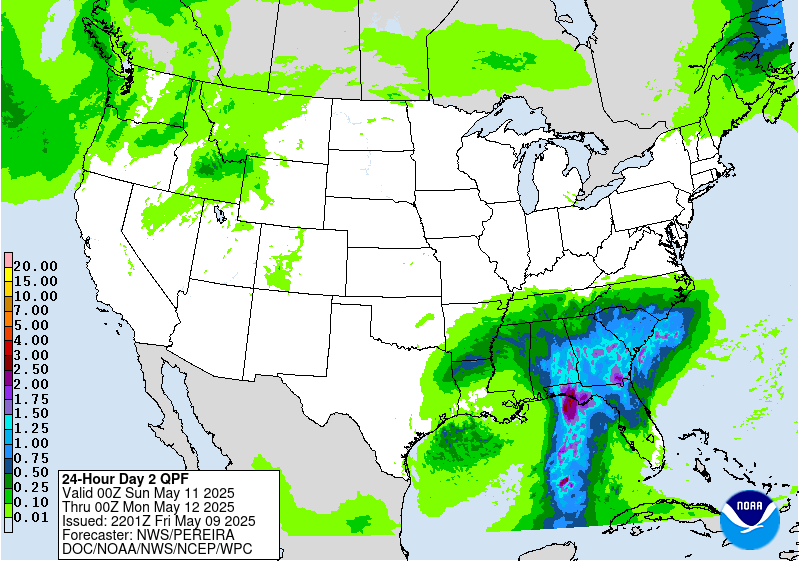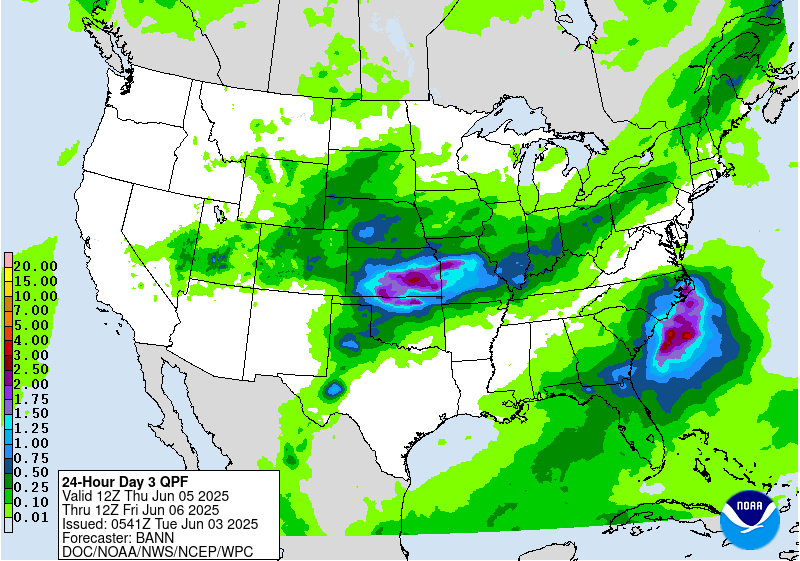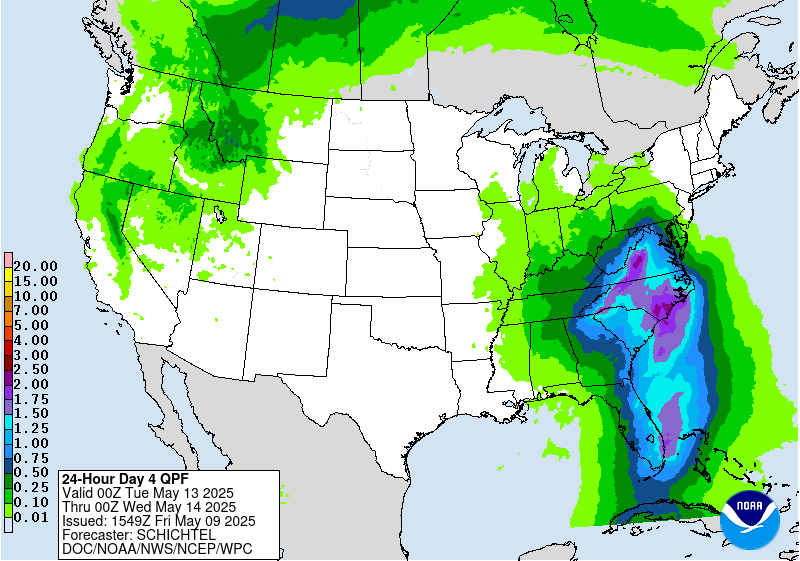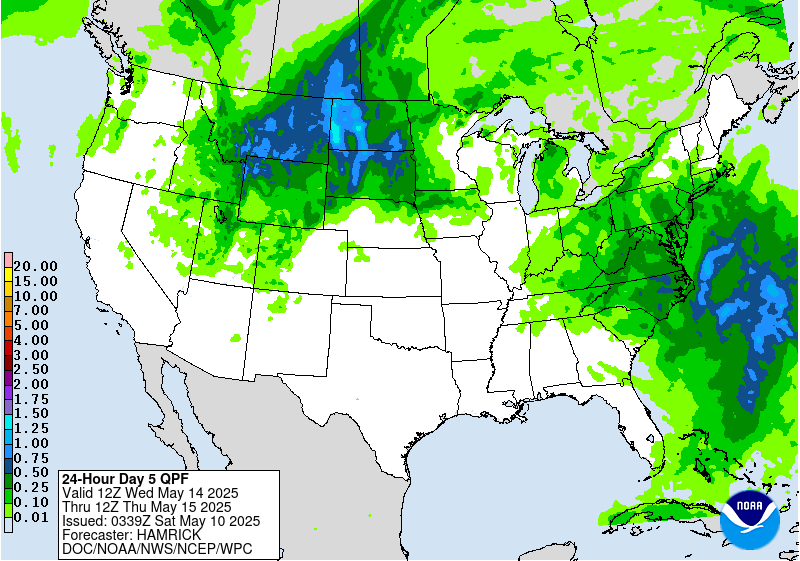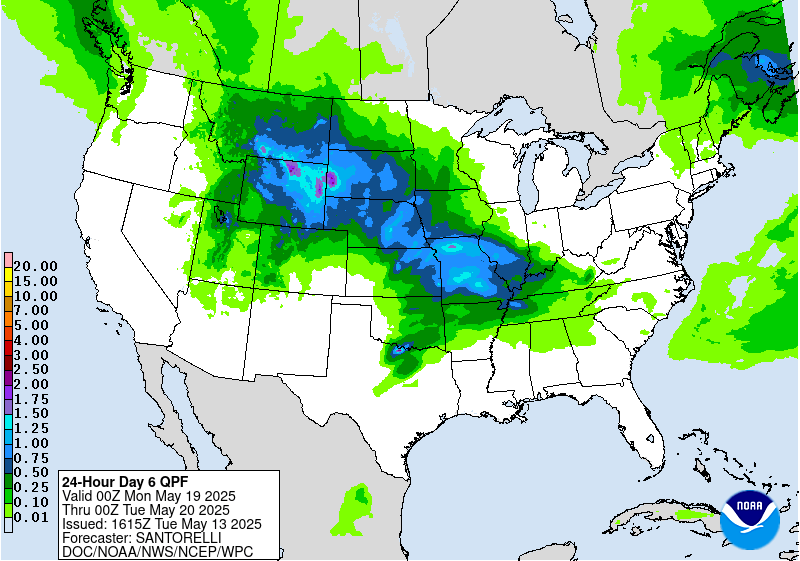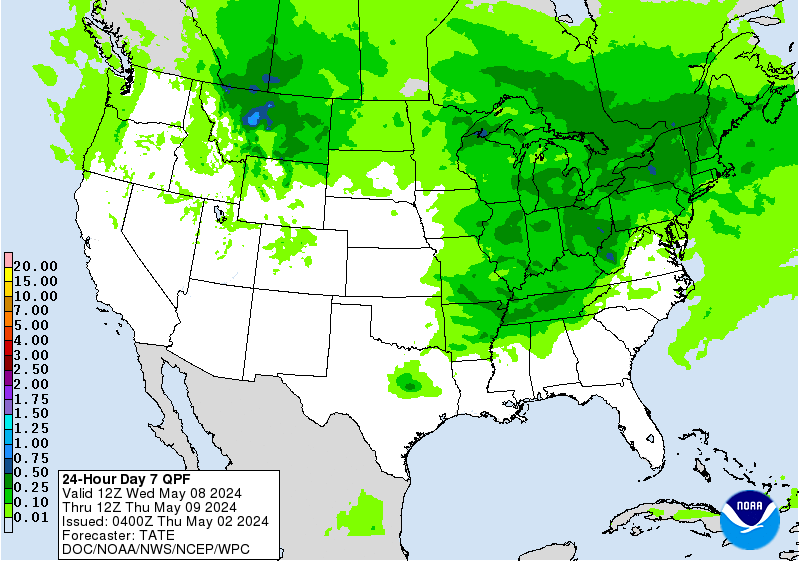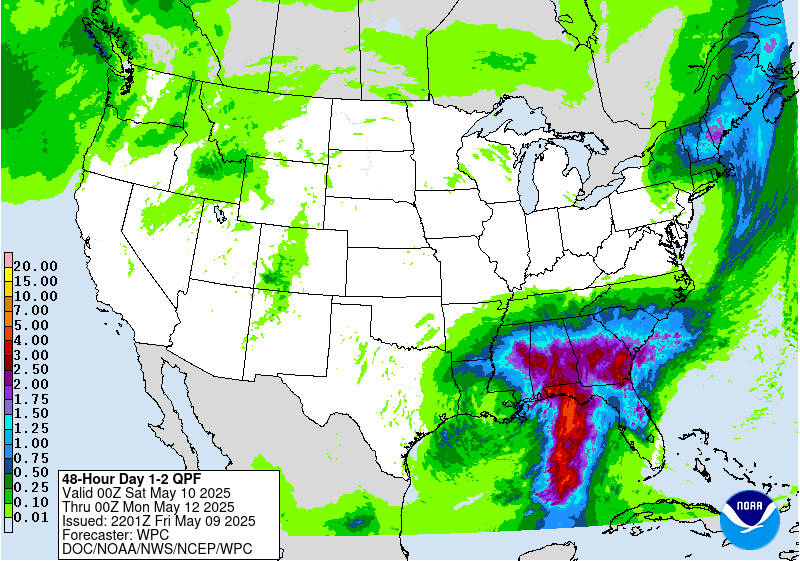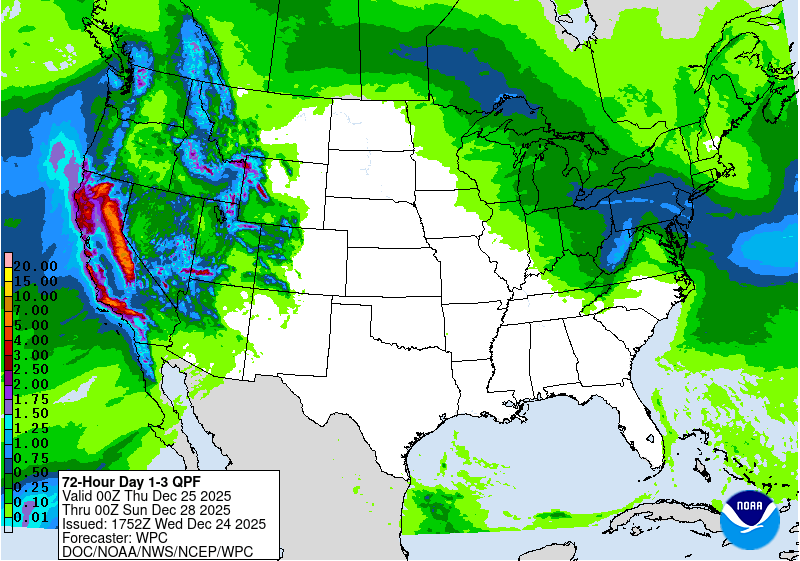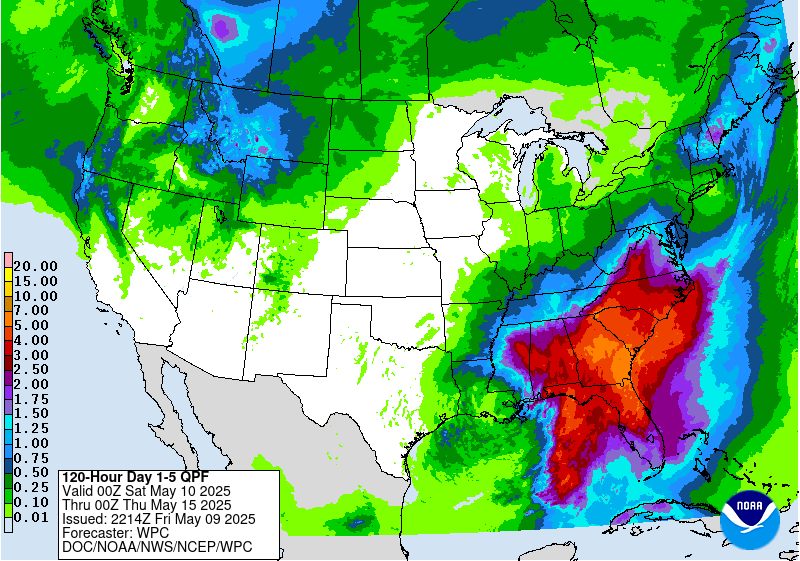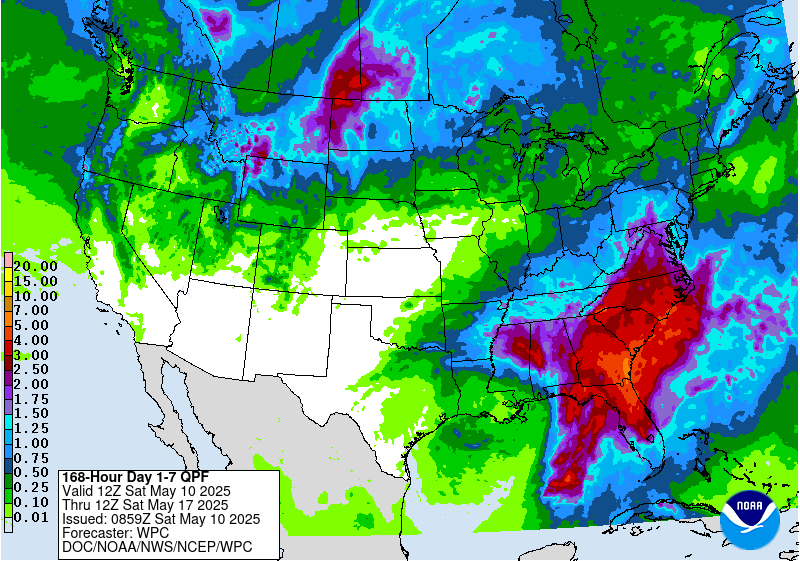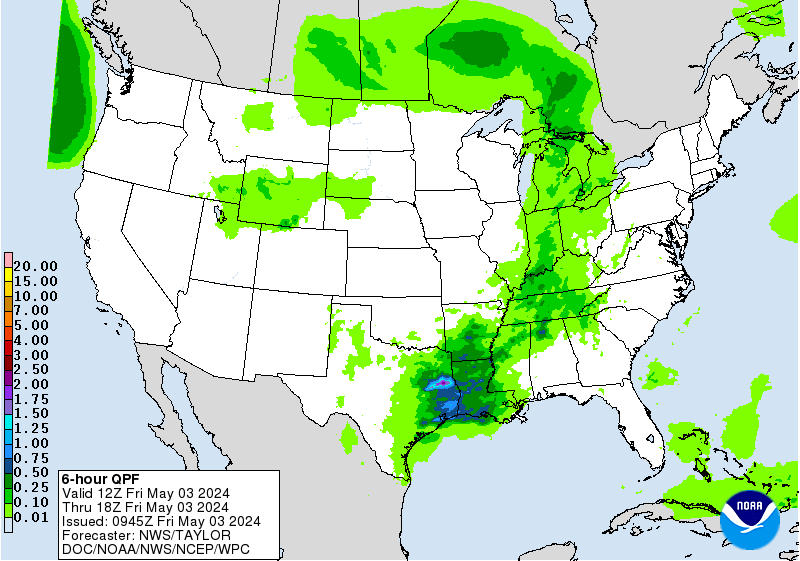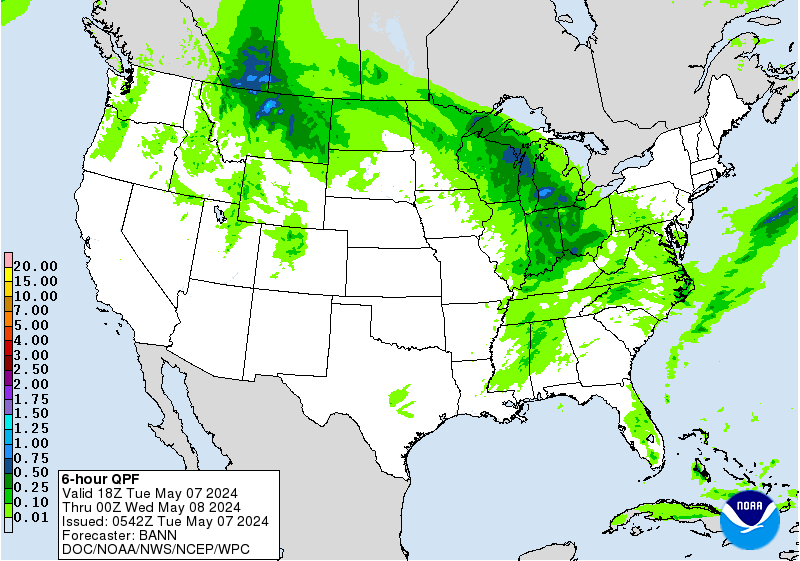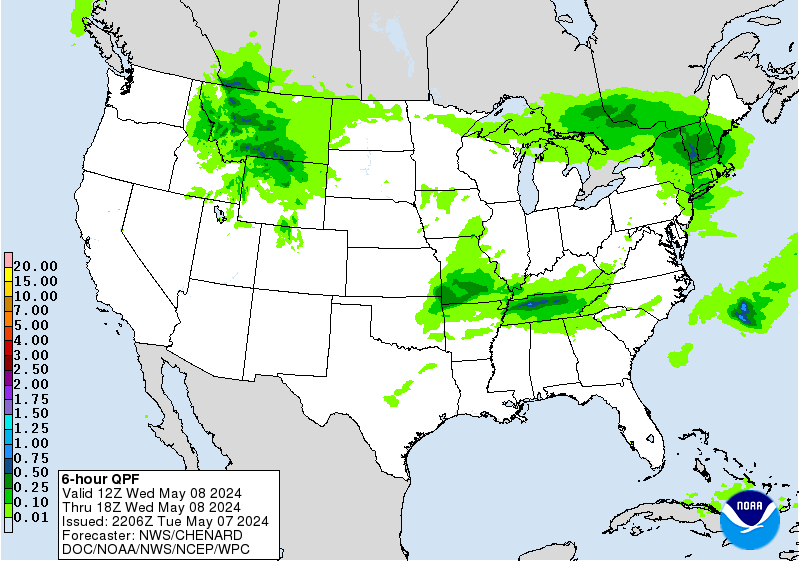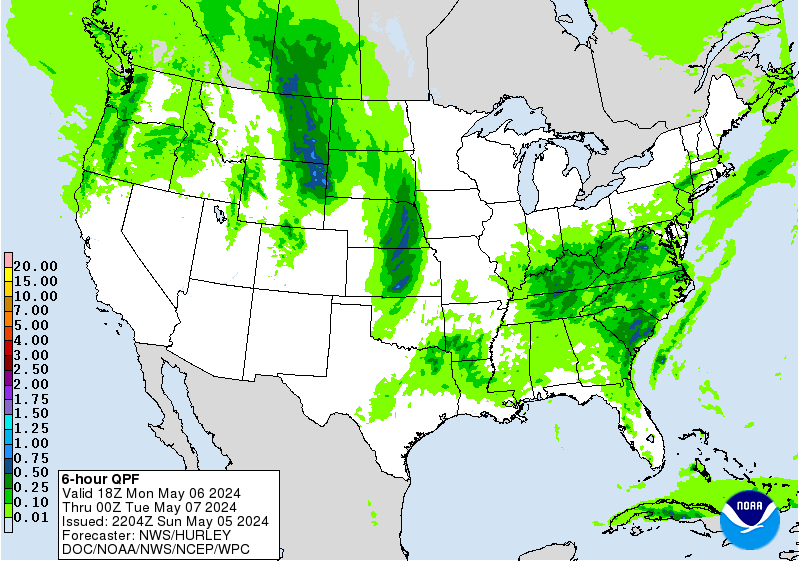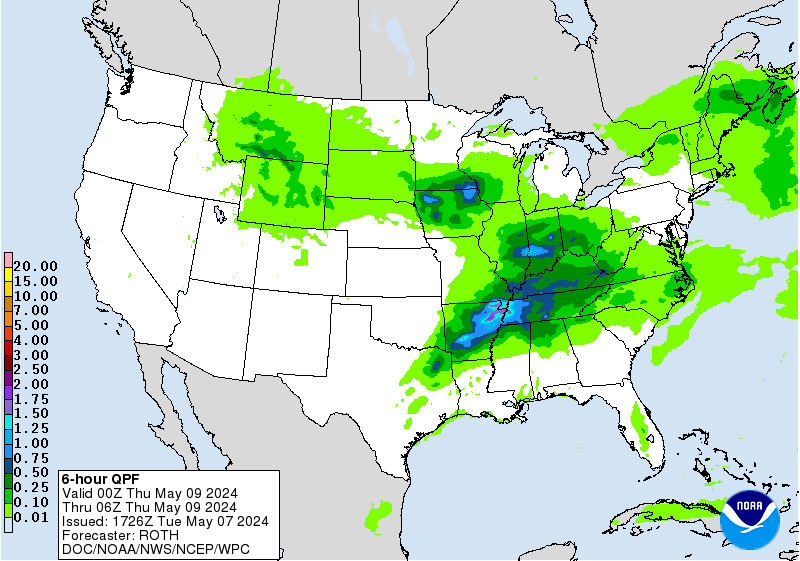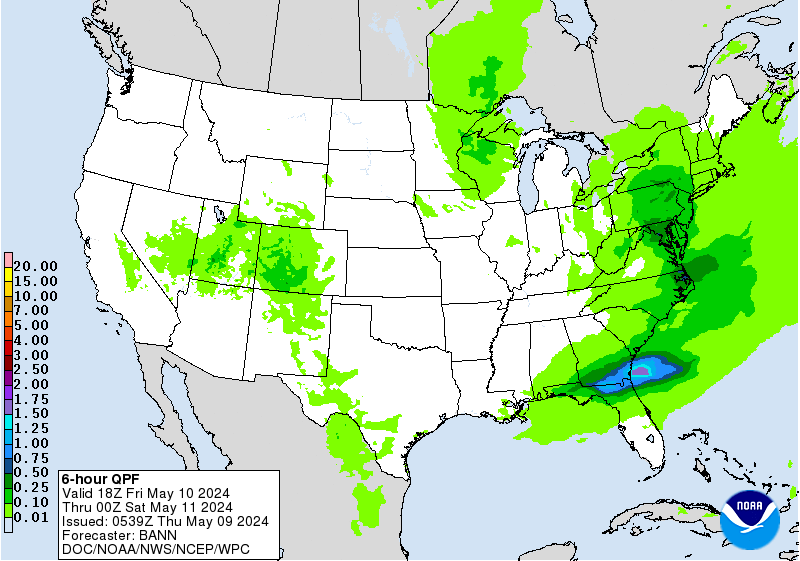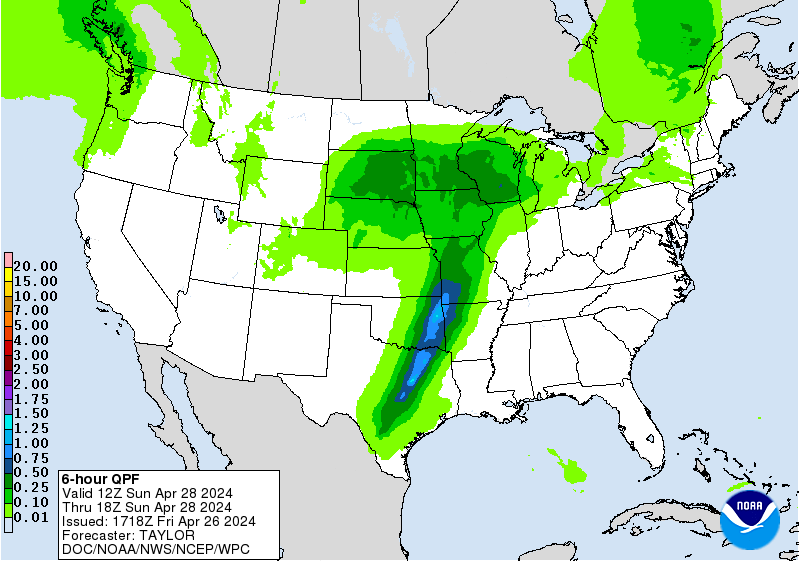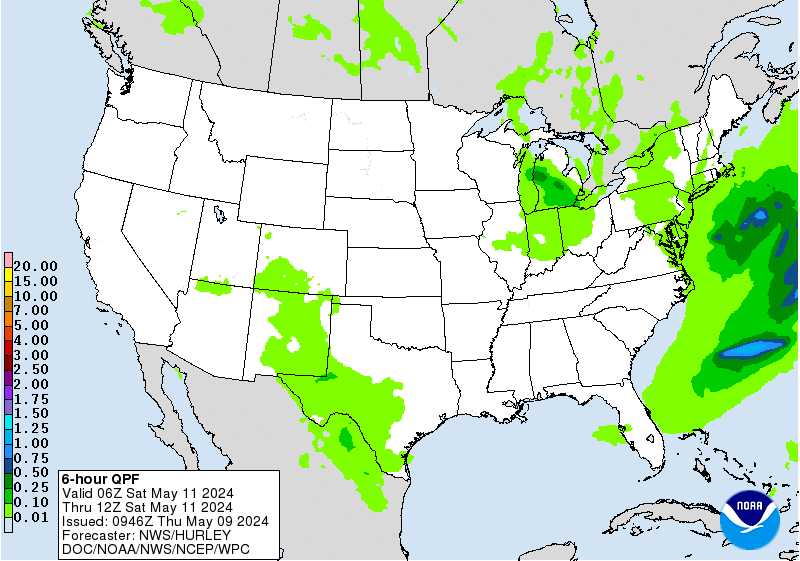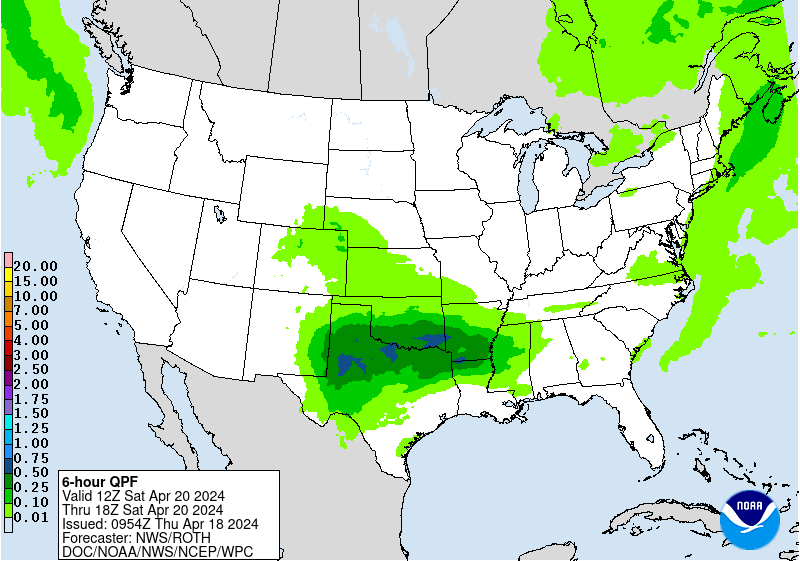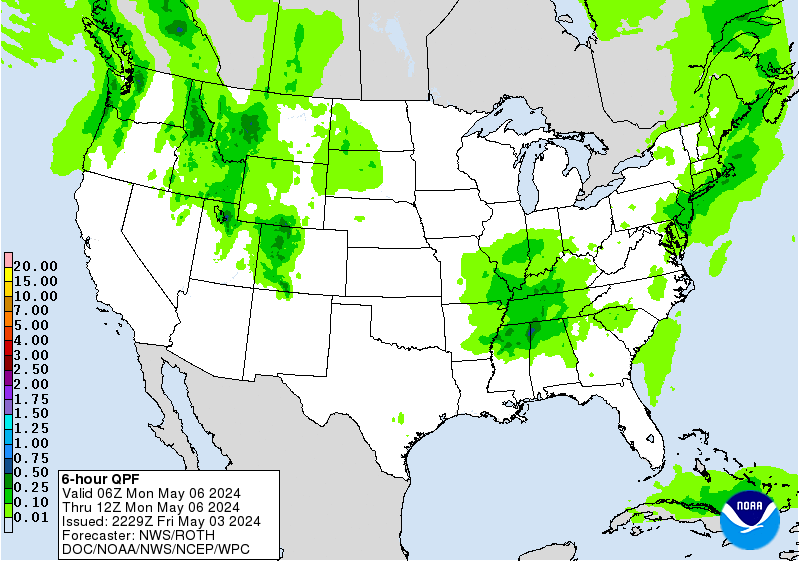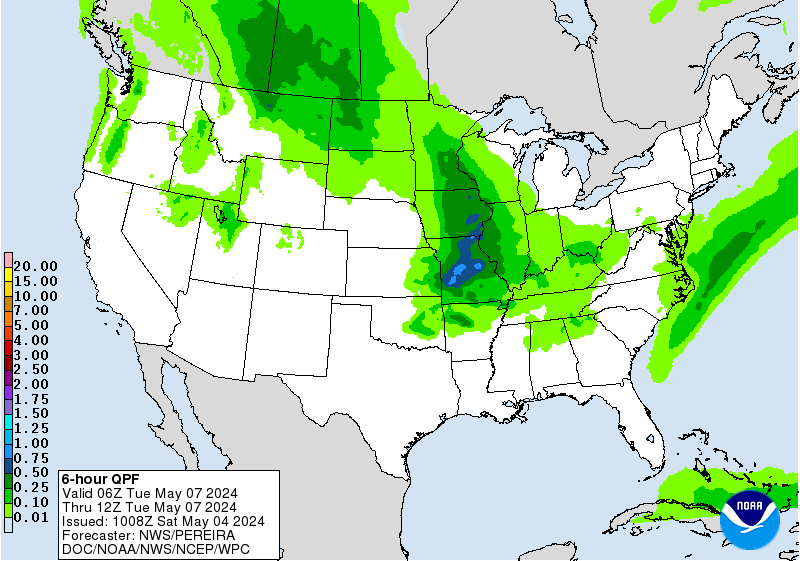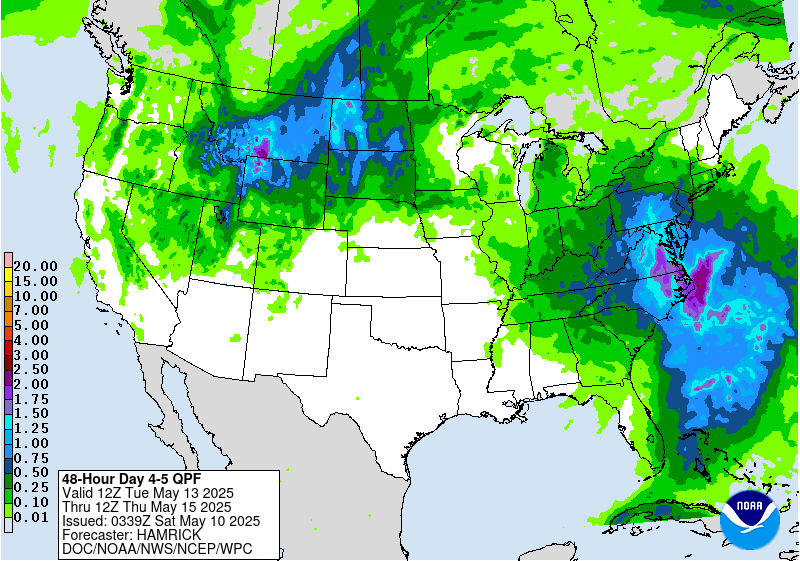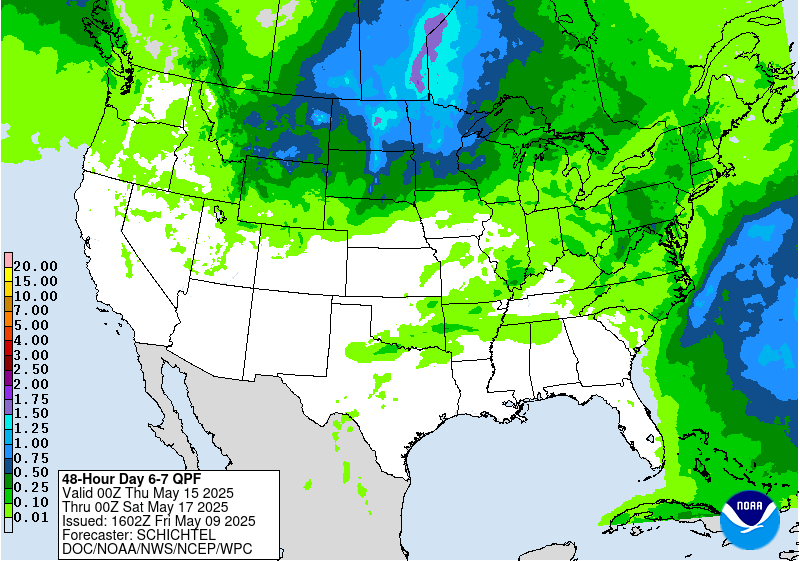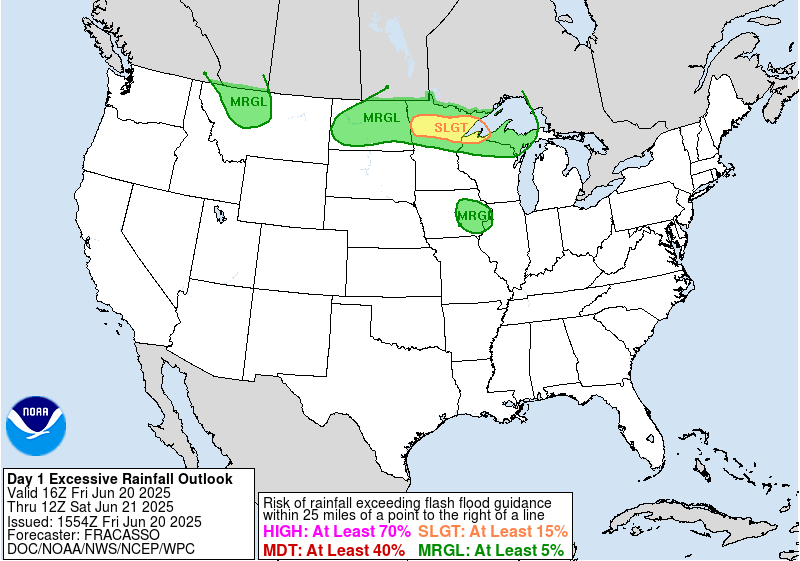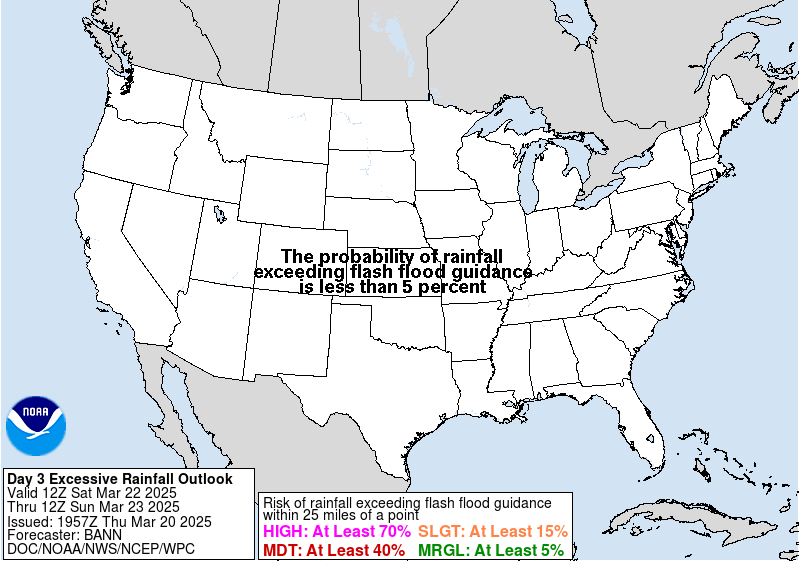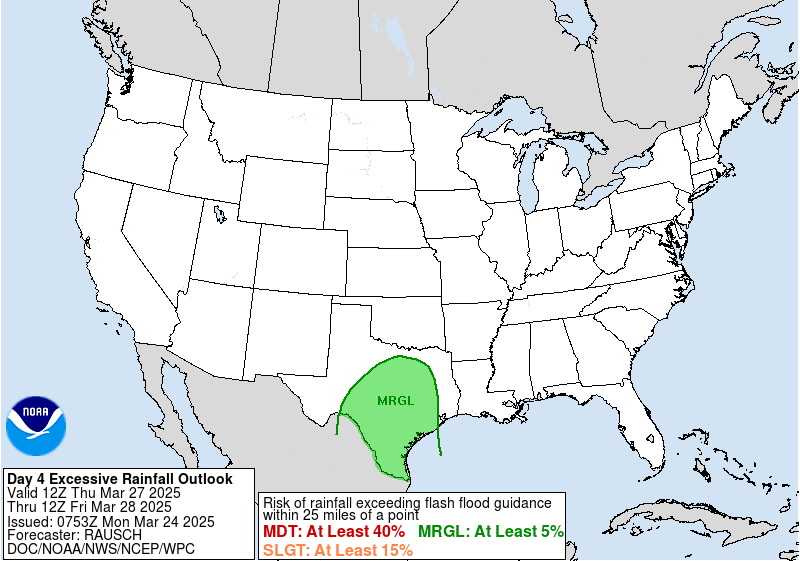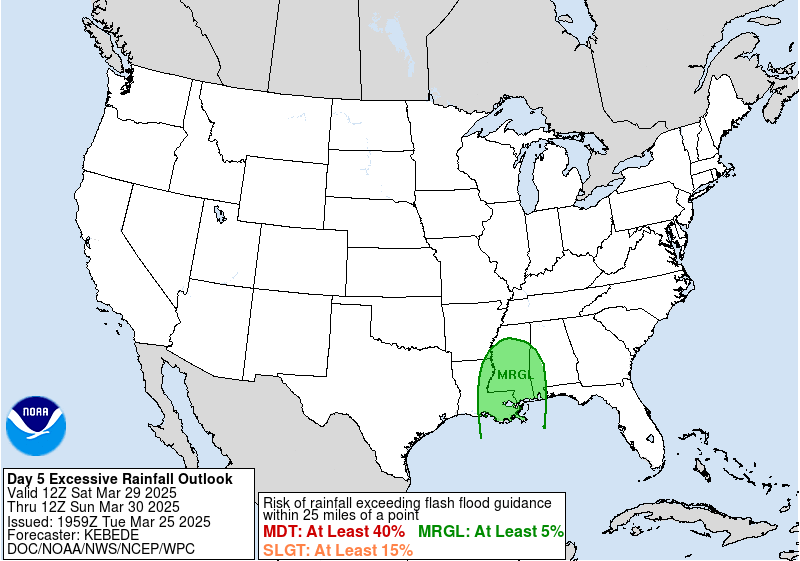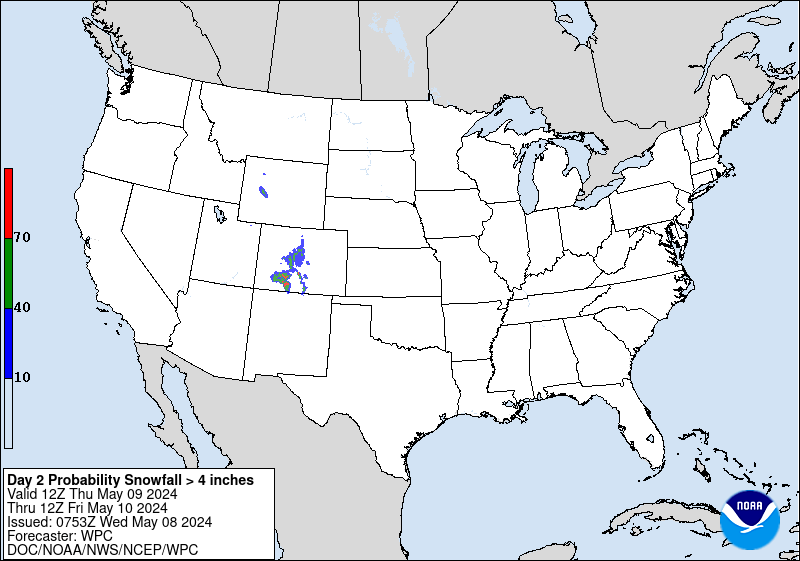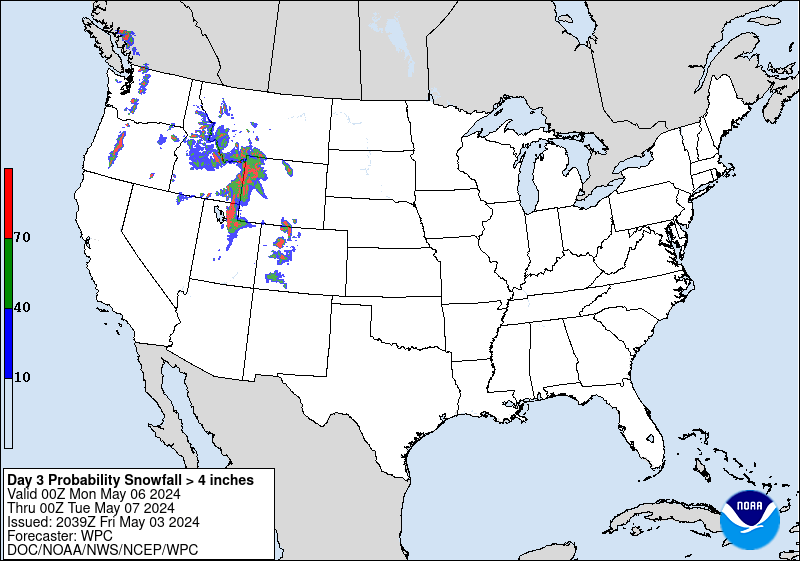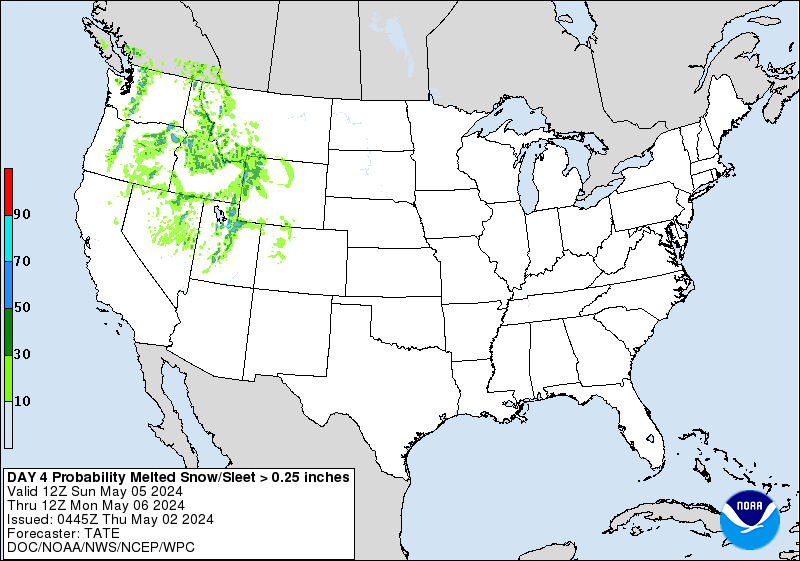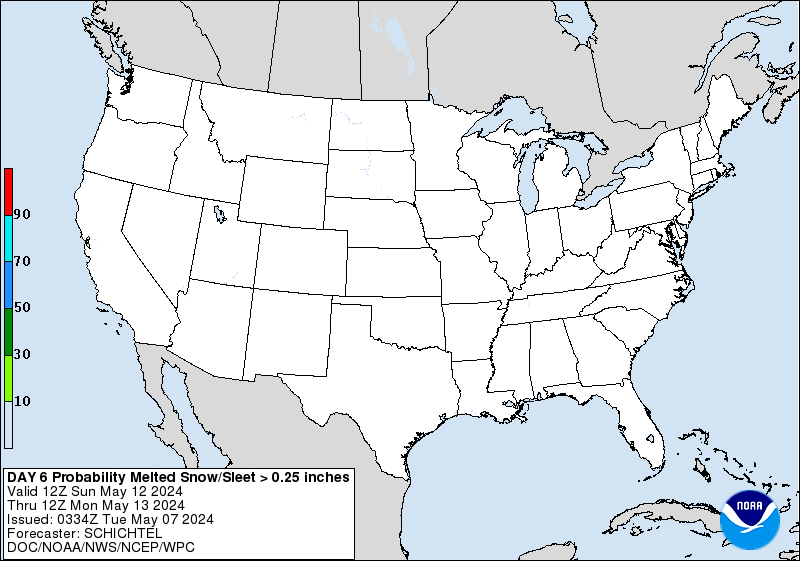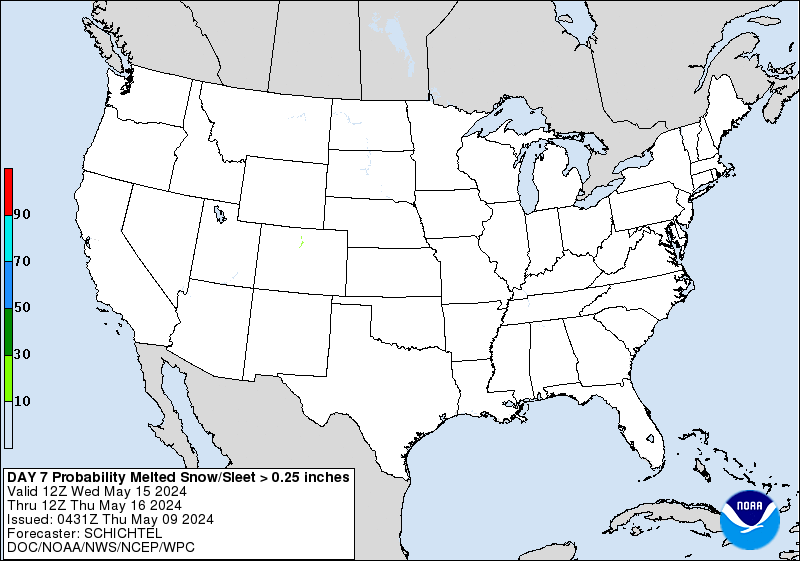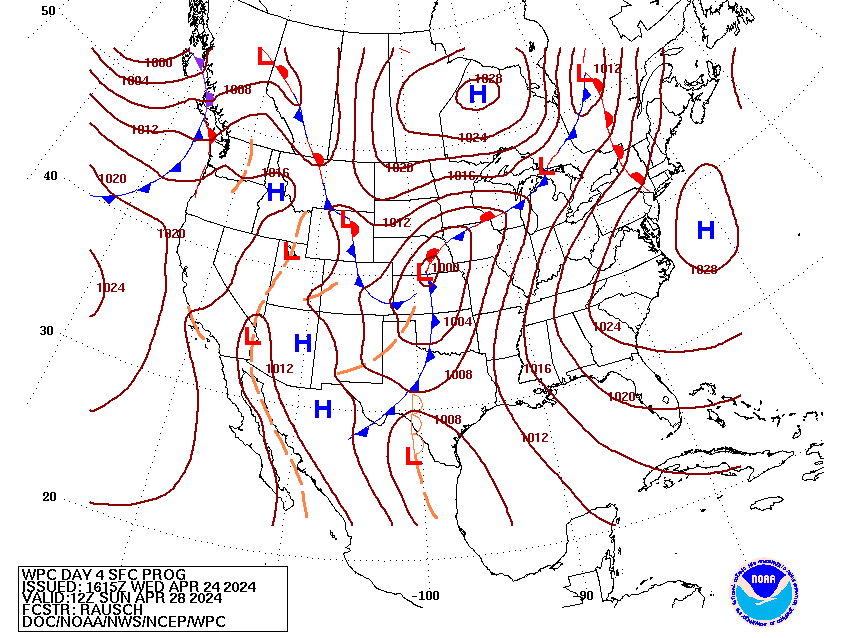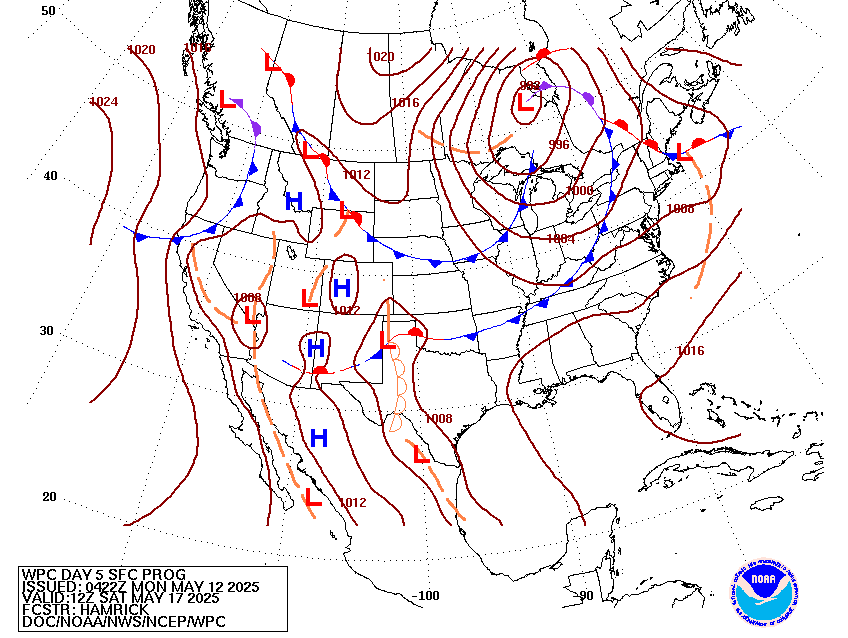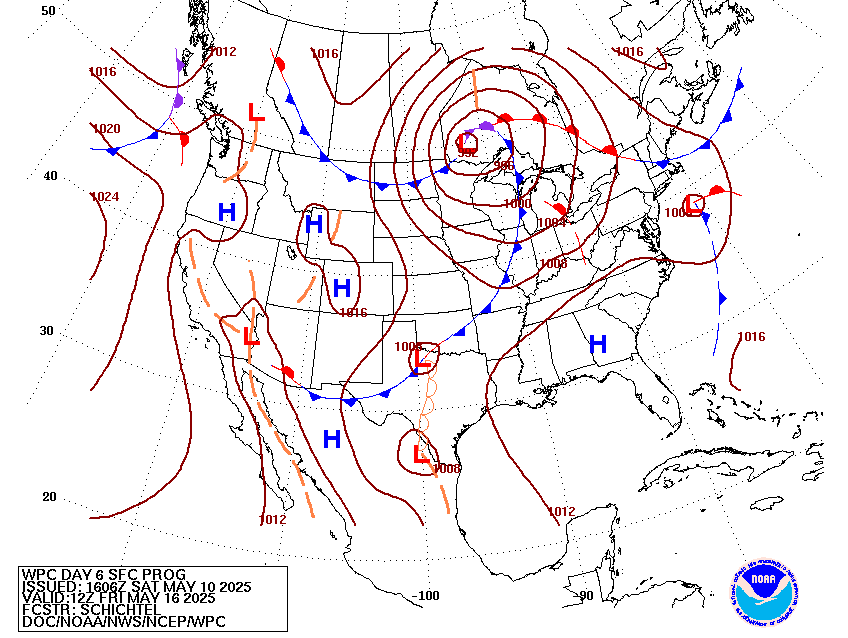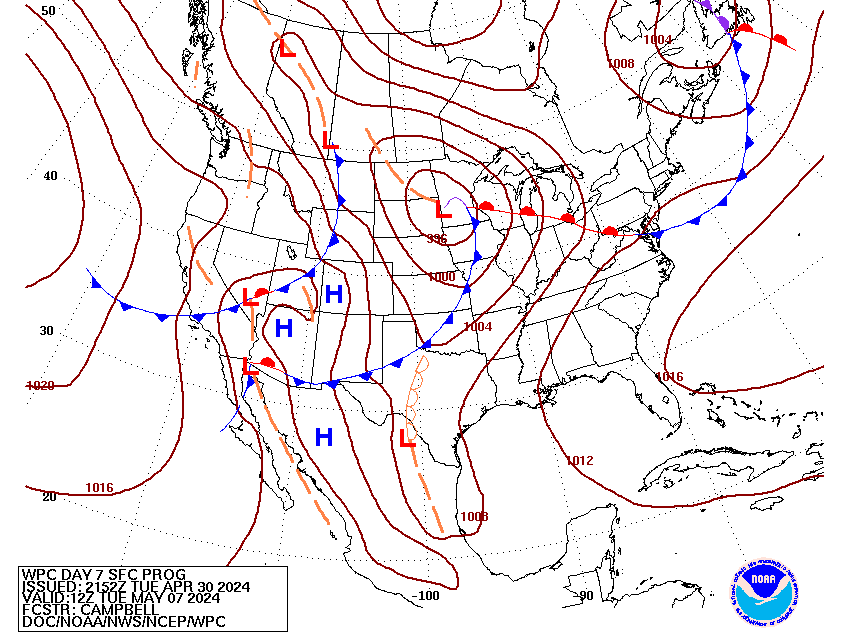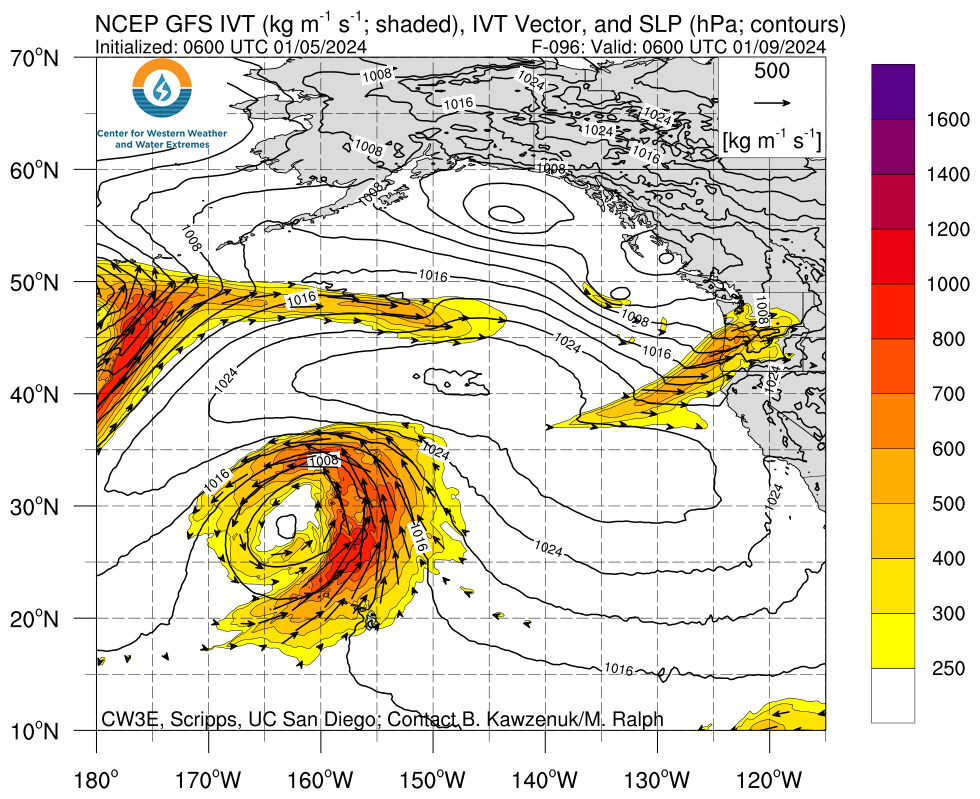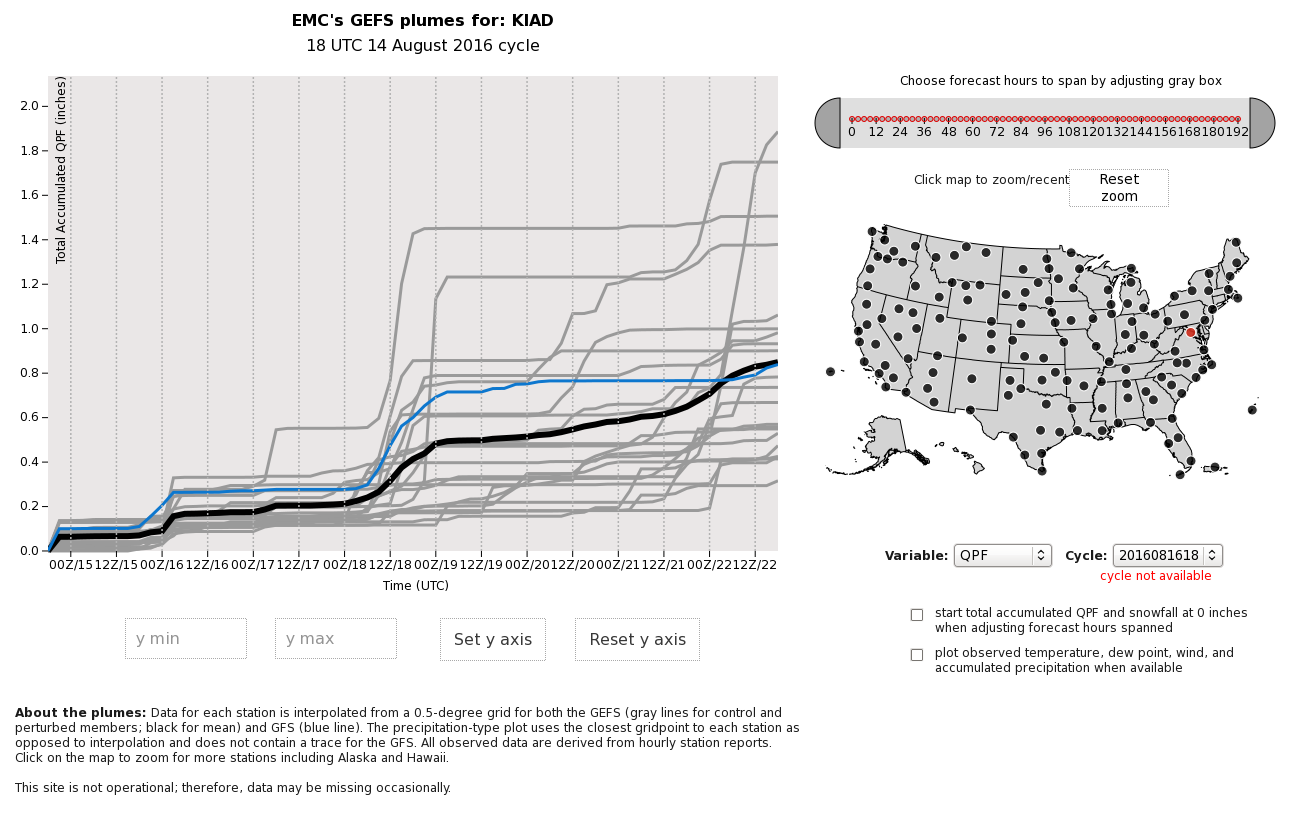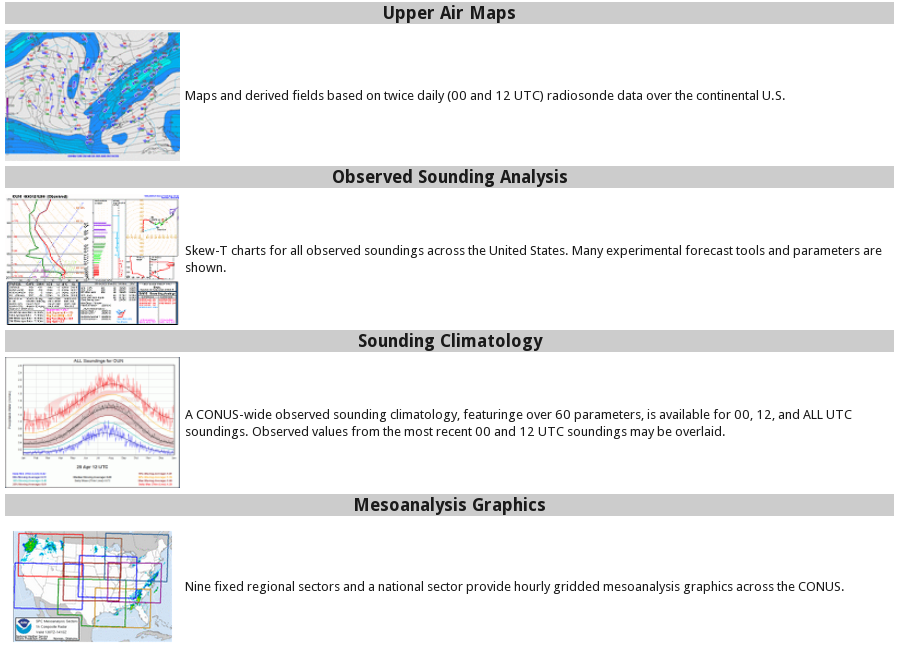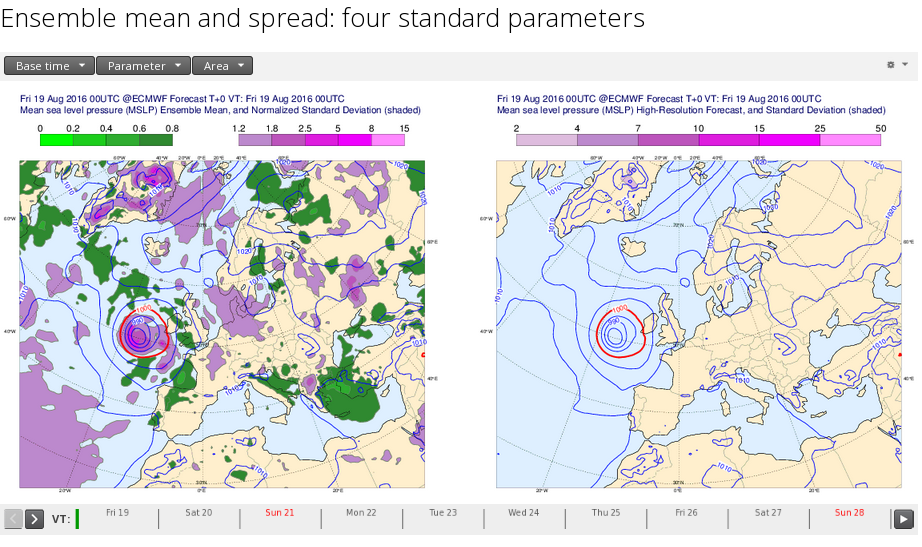Extended Forecast Discussion
NWS Weather Prediction Center College Park MD
300 AM EST Sat Dec 20 2025
Valid 12Z Tue Dec 23 2025 - 12Z Sat Dec 27 2025
...Major series of atmospheric rivers to fuel rounds of heavy
rainfall to impact the West Coast, but especially California
through the holidays...
...Overview...
An amplified upper ridge will shift from the interior West/Rockies
through the east-central U.S. next week and develop a south-
central U.S. upper high. This will occur in response to a slow but
steady eastward translation of a deepened upper trough from the
eastern Pacific into the West Coast. In this impactful pattern,
onshore flow will continue to direct leading atmospheric rivers
(ARs) to fuel rounds of heavy precipitation affecting California in
particular, but with widespread activity from the West Coast to
the Intermountain West/Rockies. Temperature-wise, unseasonably to
potentially record-breaking warm temperatures are forecast to
spread next week from the West/Southwest through the south-central
Rockies/Plains to the east-central U.S., though the northern tier
states out through northern New England can expect cooler periods
with some snow chances as shortwaves/frontal systems work through.
...Guidance/Predictability Assessment...
Model and ensemble solutions are mainly on the same page for
Christmas Eve and Christmas and a favored composite of best
clustered guidance of the 18 UTC GFS and 12 UTC ECMWF/UKMET seems
to produce a solid forecast basis. A more uncertain and continued
impactful part of this pattern is with upper troughing that
deepens off the eastern Pacific as it moves towards California and
possibly onshore by Friday. The models do agree that this will
occur, but the details of energies within the trough and vort maxes
towards the coast will create considerable impacts to sensible
weather aspects. There continues to be a signal for a couple of ARs
during the period and heavy rainfall shifting southward along the
California coast, but there is some distribution/exact amounts
uncertainty. Impactful timing differences emerge by Friday, with
recent model runs including the latest 00 UTC cycle slower to bring
trough energies onshore and show closed low develoment back near
southern California even a week from now. This trend may be
reasonable given the increasingly separated stream flows signal.
...Weather/Hazards Highlights...
It remains the case that the biggest story during the period will
focus out West with amplifying upper troughing and system genesis
working toward the West Coast and persistent lead onshore flow
directing Pacific moisture into the West Coast through next week.
High moisture anomalies expected with atmospheric rivers impacting
northern/central California early in the week and eventually
central/southern California through Christmas Eve/Christmas.
Atmospheric rivers will fuel a continued wet period for
especially California during the upcoming busy holiday week. The
guidance signal is growing in support of a renewed deep moisture
feed early-mid next week for northern-central California, with
high rain rates (1+ inch per 3 hours) and areal averaged rainfall
of 3"+ toward coastal areas and 5"+ towards the Sierra Nevada. WPC
Excessive Rainfall Outlook Marginal risk threat areas with embedded
Slight Risk areas are depicted as precipitation may prove slow to
shift from areas already with wet conditions. By about midweek and
into mid-later next week, some connection to tropical Pacific
moisture is likely to stream in and increasingly impact southern
California as a surface low approaches the coast. Marginal and
Slight Risk EROs have been introduced. Higher elevations of the
Sierra should see an extended heavy snow event. To the north, the
Pacific Northwest can also expect organized precipitation into
early next week, but with lesser amounts and intensities.
Additionally, moisture is forecast to spill over the Cascades and
into the Intermountain West and northern/central Rockies next week
to produce heavy snow at higher elevations.
Shallow shortwaves moving through the northern tier and associated
surface system reflection focus will bring light precipitation
across the north-central and northeastern U.S. through the early
part of next week, including some light-moderate snows. Farther
south, some weak to moderate Gulf moisture may stream into trailing
frontal systems across the south and east-central U.S. and lead to
precipitation (mostly rain) chances across the Lower Mississippi,
Tennessee, and Ohio Valleys for early to mid next week.
Warmer than average temperatures are forecast across the interior
West and central U.S. through much of the period. The highest
anomalies will likely be across the interior West into the Plains,
with widespread temperature anomalies upwards to 20-30 degrees
above normal. Highs into the 80s across parts of the Southwest to
Texas could set daily records. Unseasonable warmth is likely to
spread east across the mid-latitudes to the Mississippi, Ohio, and
Tennessee Valleys over the Christmas holiday period.
Schichtel
Additional 3-7 Day Hazard information can be found on the WPC
medium range hazards outlook chart at:
https://www.wpc.ncep.noaa.gov/threats/threats.php
WPC medium range 500mb heights, surface systems, weather grids,
quantitative precipitation forecast (QPF), excessive rainfall
outlook (ERO), winter weather outlook (WWO) probabilities, heat
indices, and Key Messages can be accessed from:
https://www.wpc.ncep.noaa.gov/medr/5dayfcst500_wbg.gif
https://www.wpc.ncep.noaa.gov/medr/5dayfcst_wbg_conus.gif
https://www.wpc.ncep.noaa.gov/5km_grids/5km_gridsbody.html
https://www.wpc.ncep.noaa.gov/qpf/day4-7.shtml
https://www.wpc.ncep.noaa.gov/#page=ero
https://www.wpc.ncep.noaa.gov/wwd/pwpf_d47/pwpf_medr.php?day=4
https://www.wpc.ncep.noaa.gov/heat_index.shtml
https://www.wpc.ncep.noaa.gov/#page=ovw
